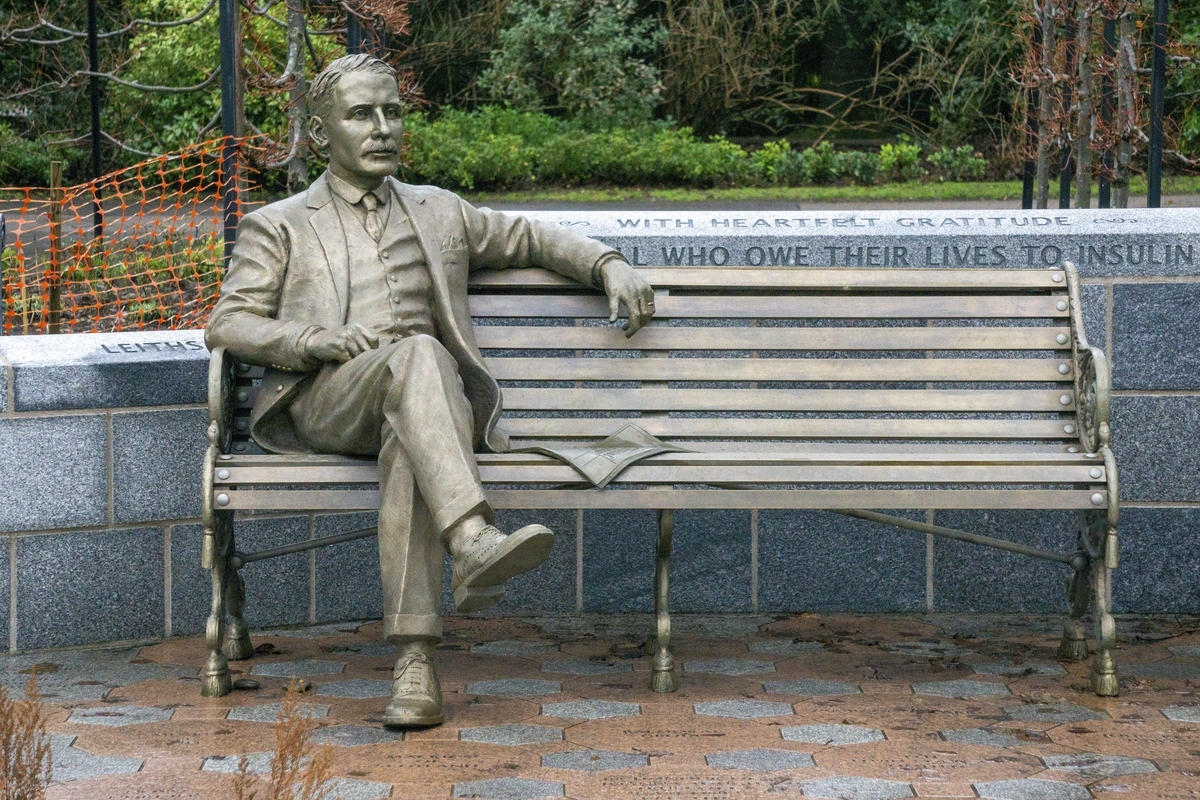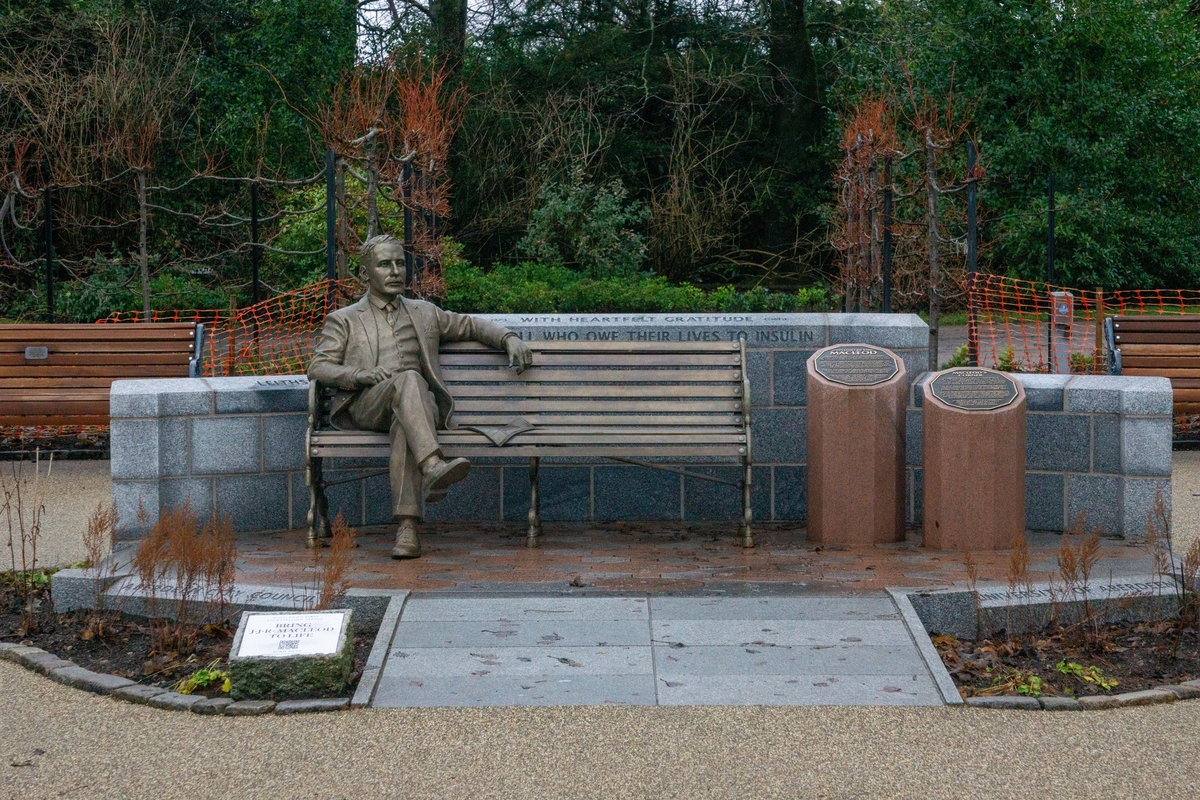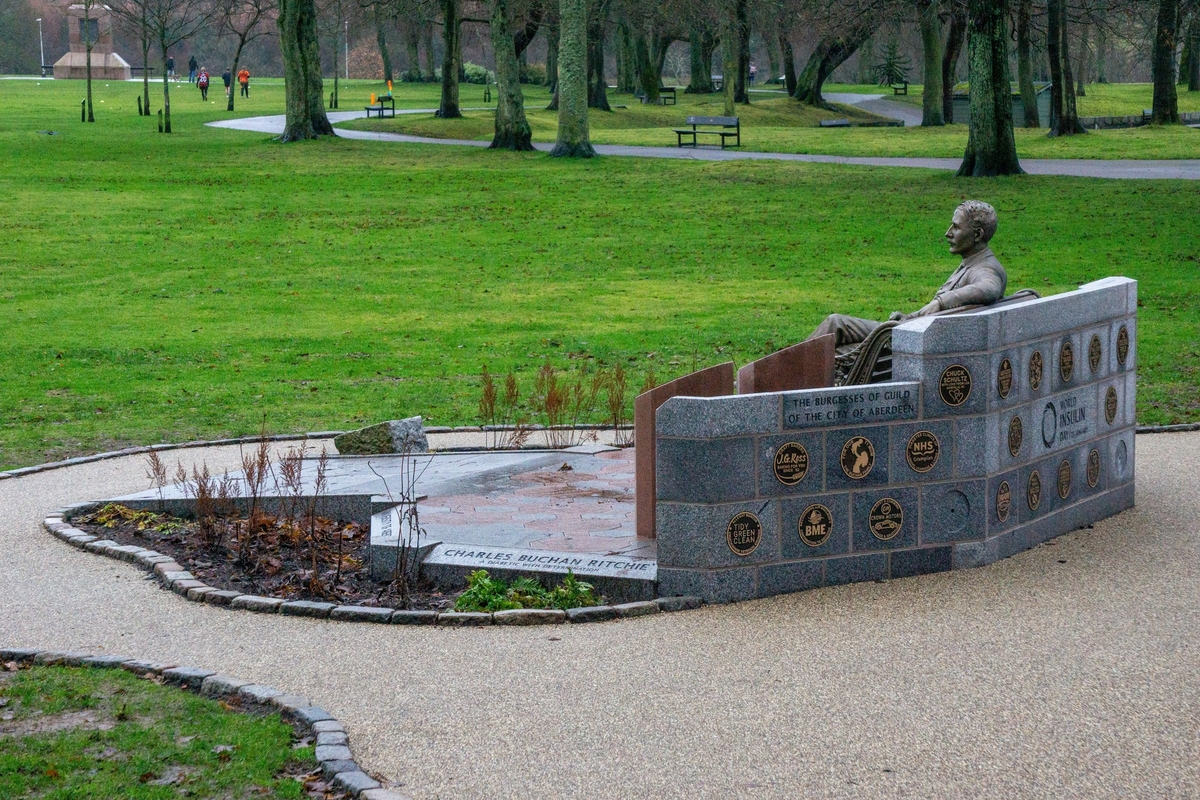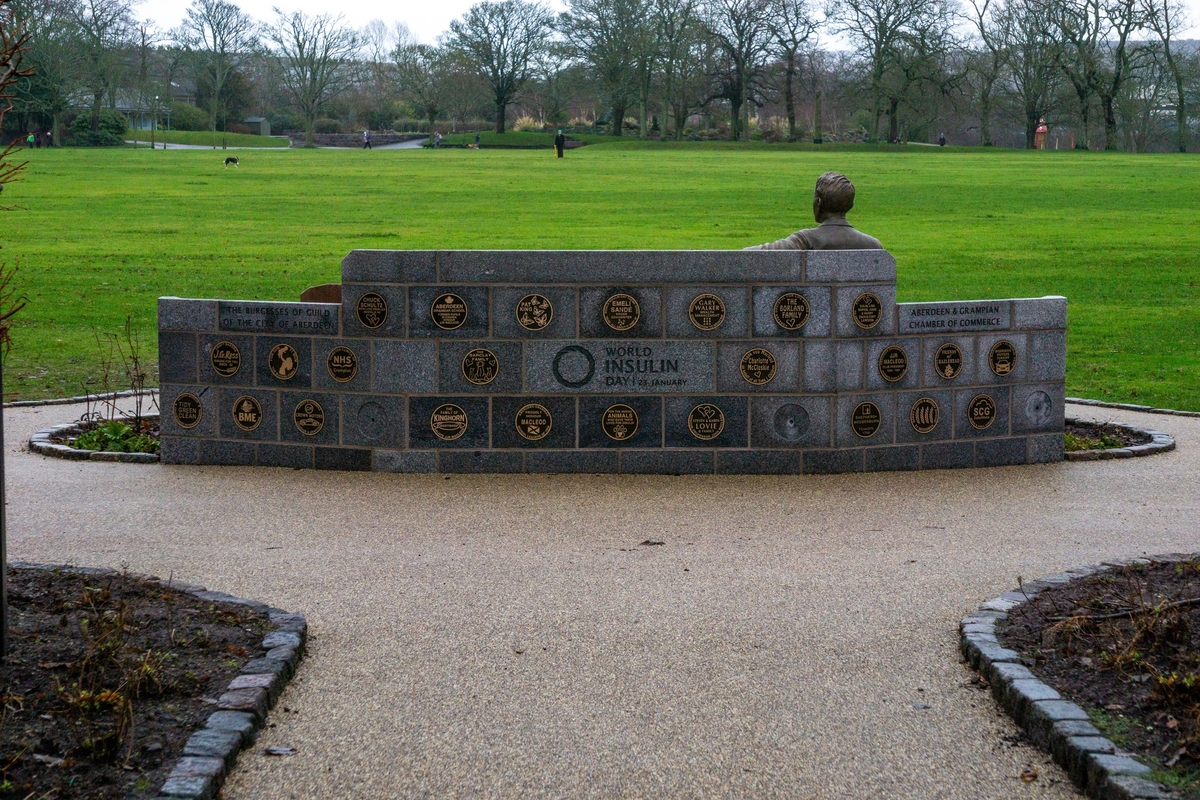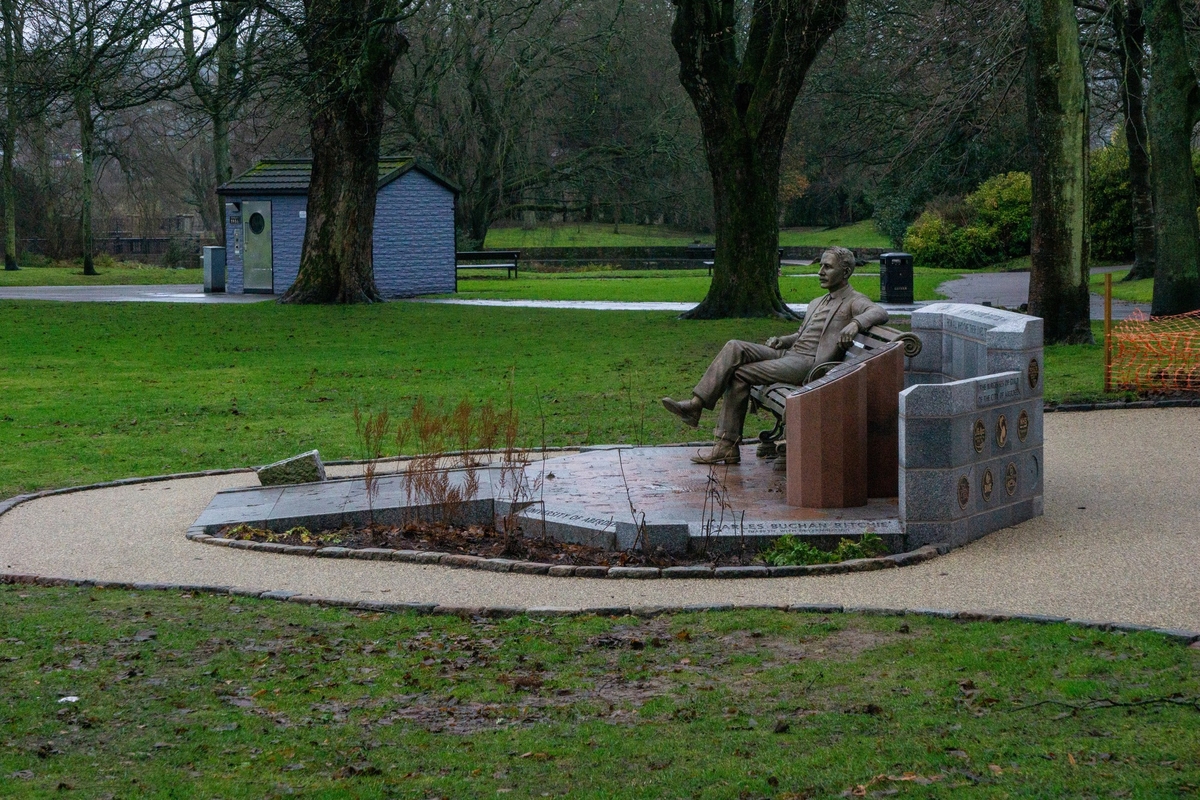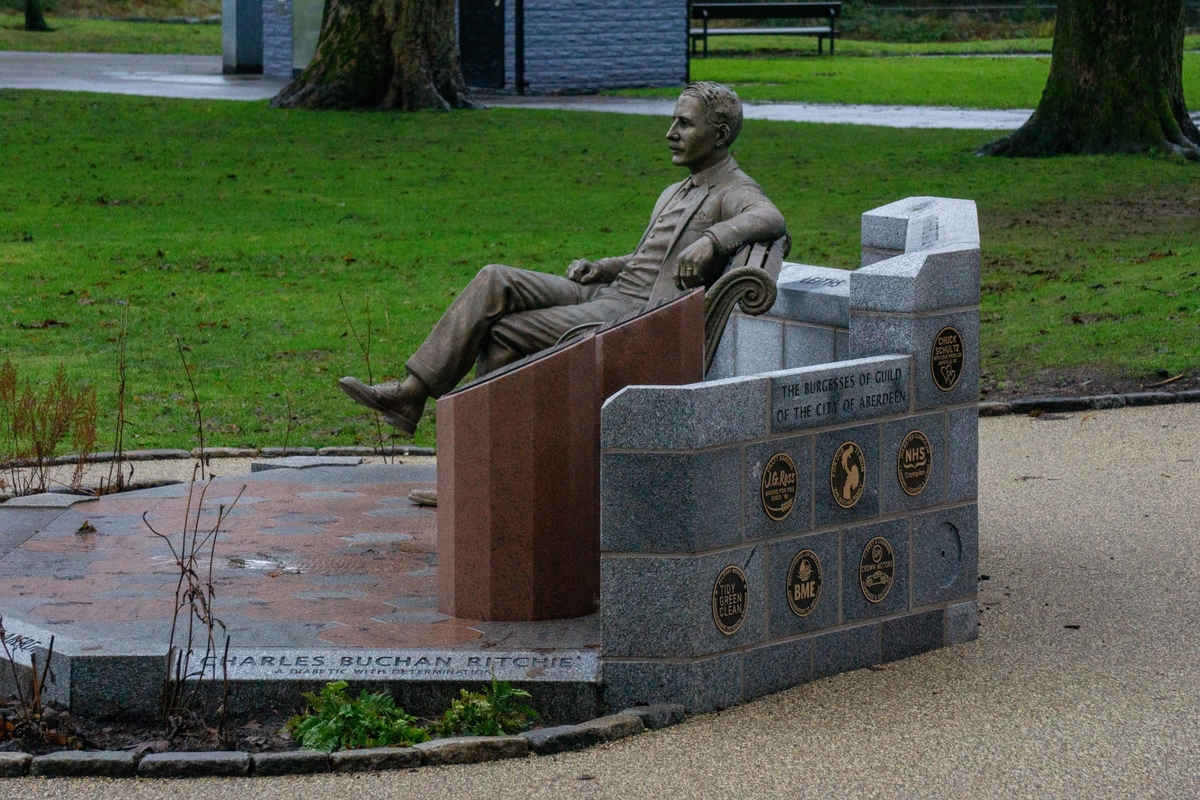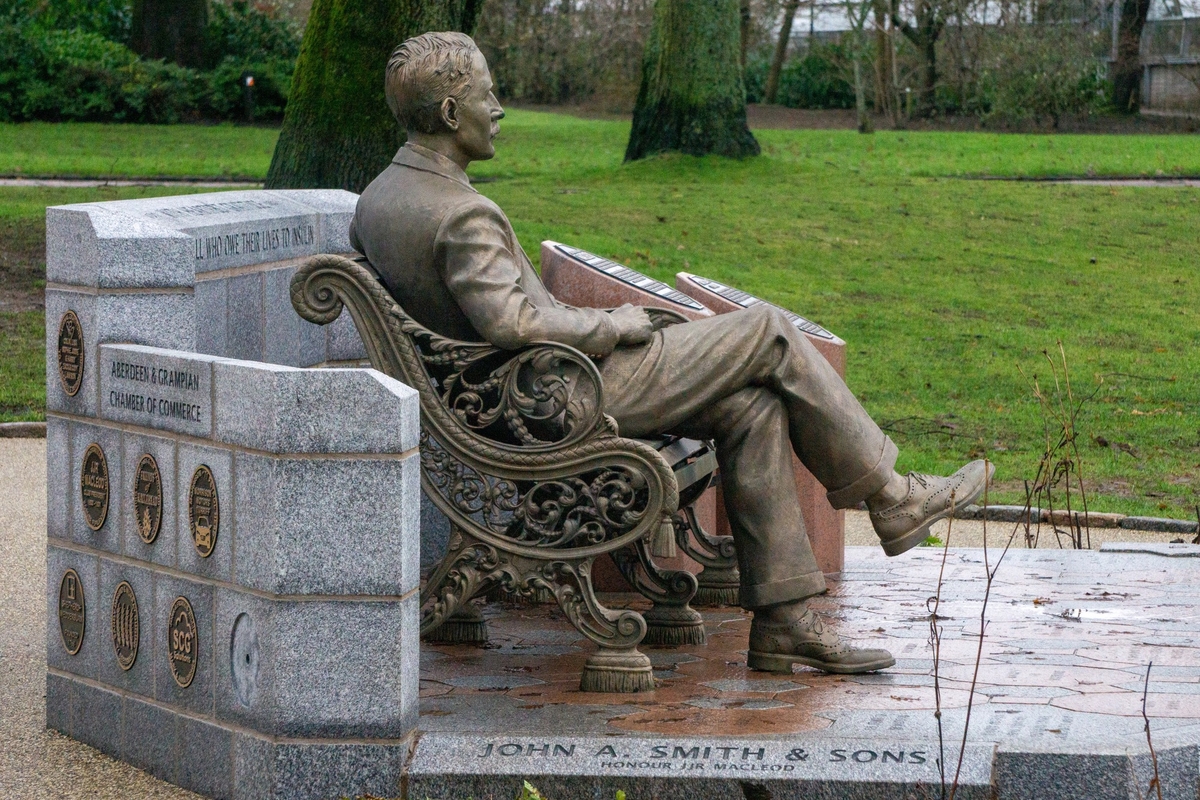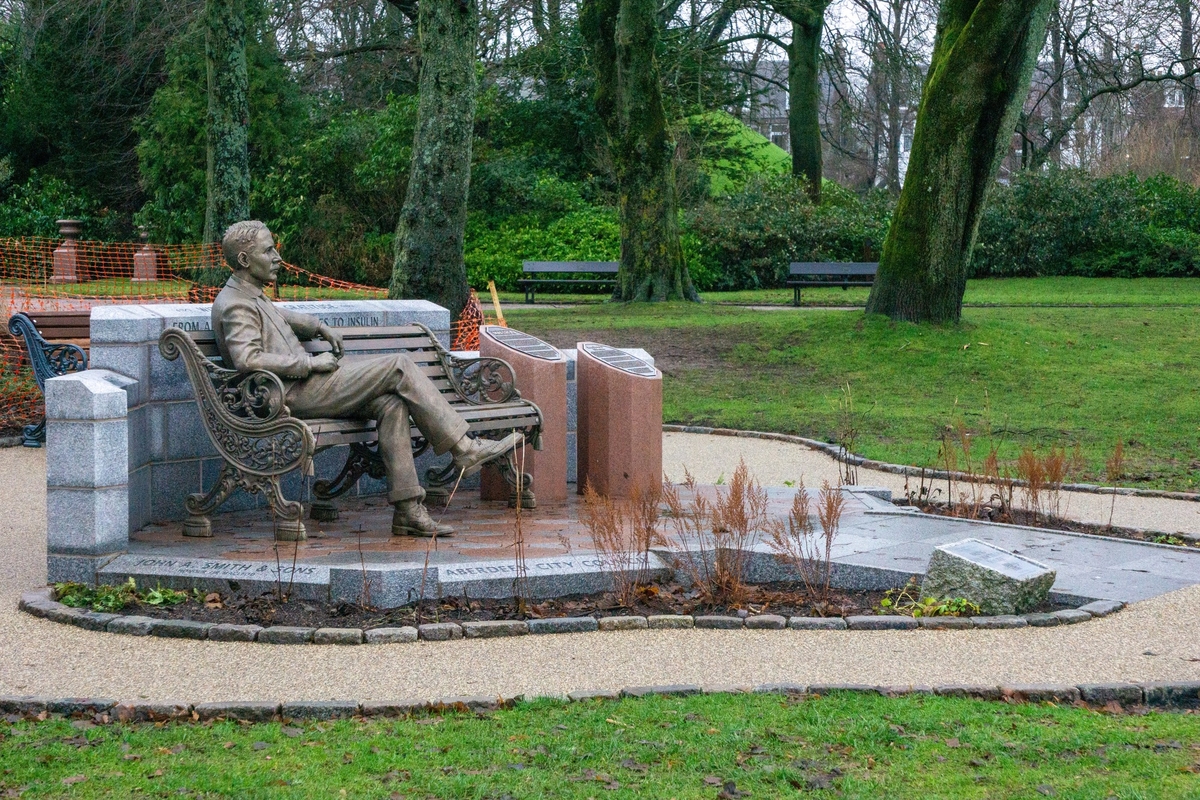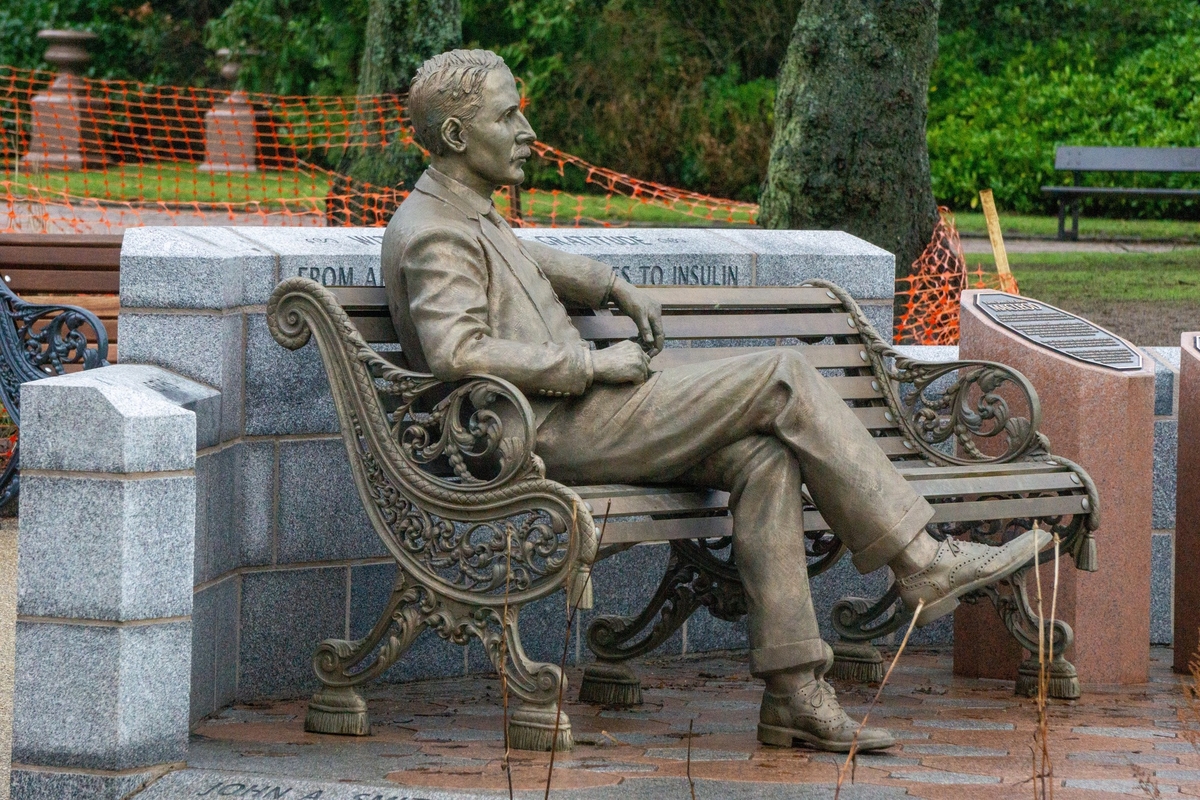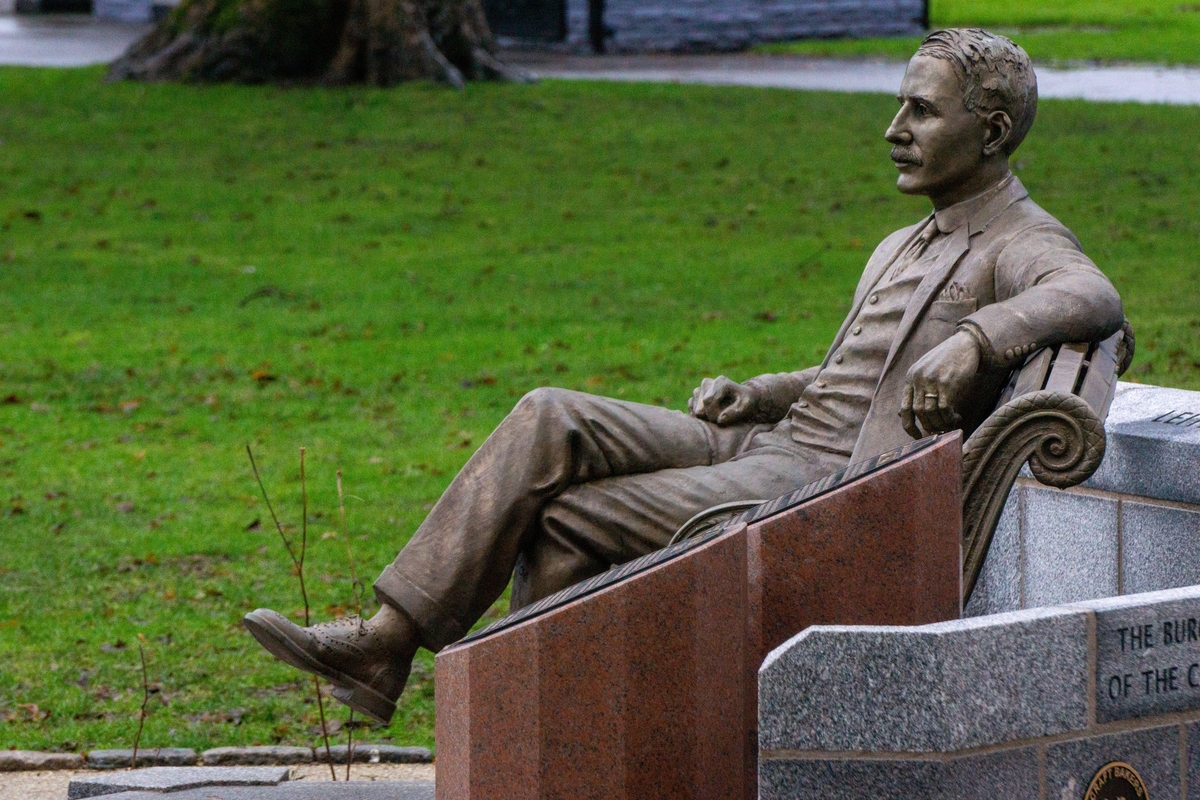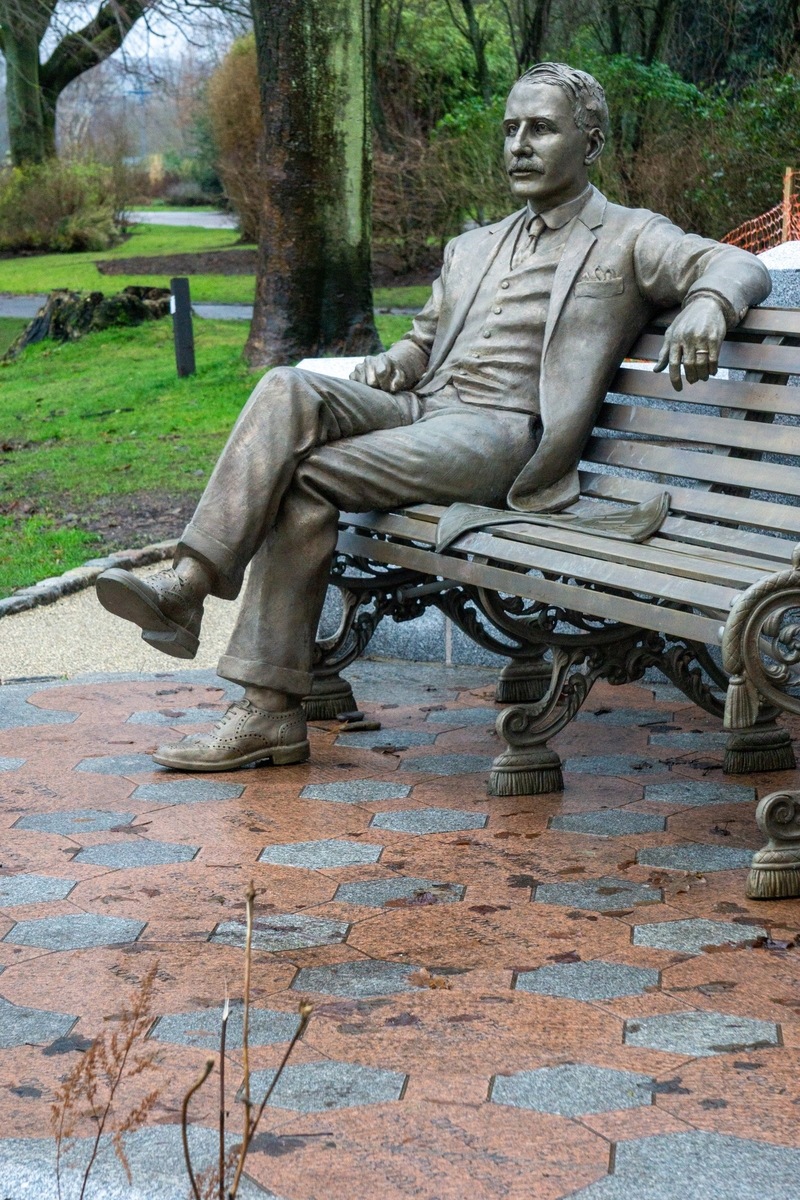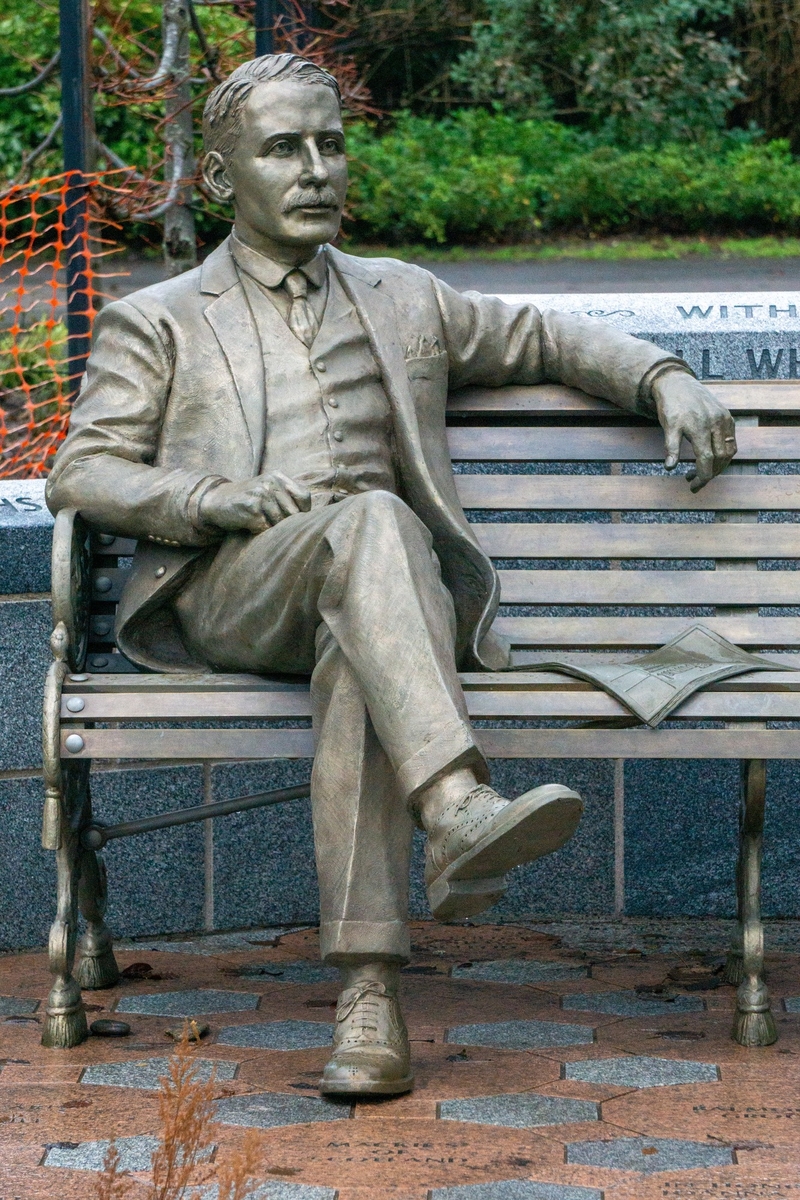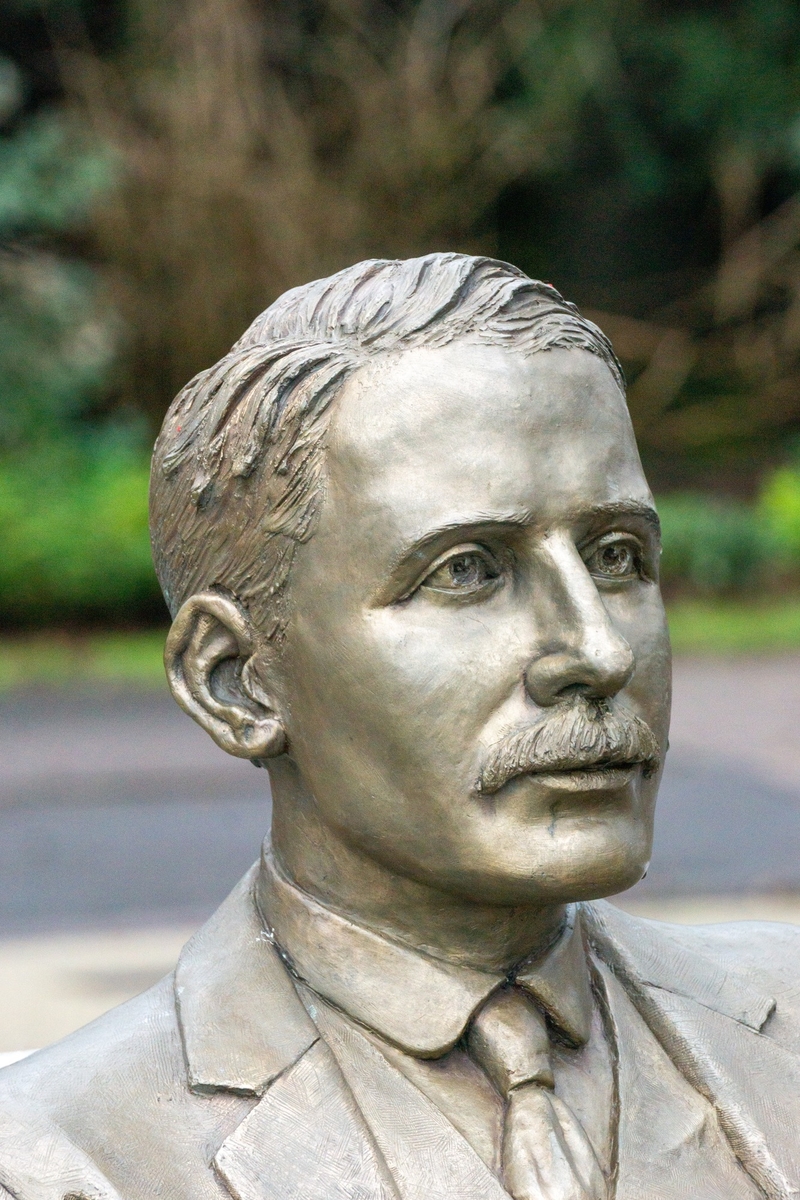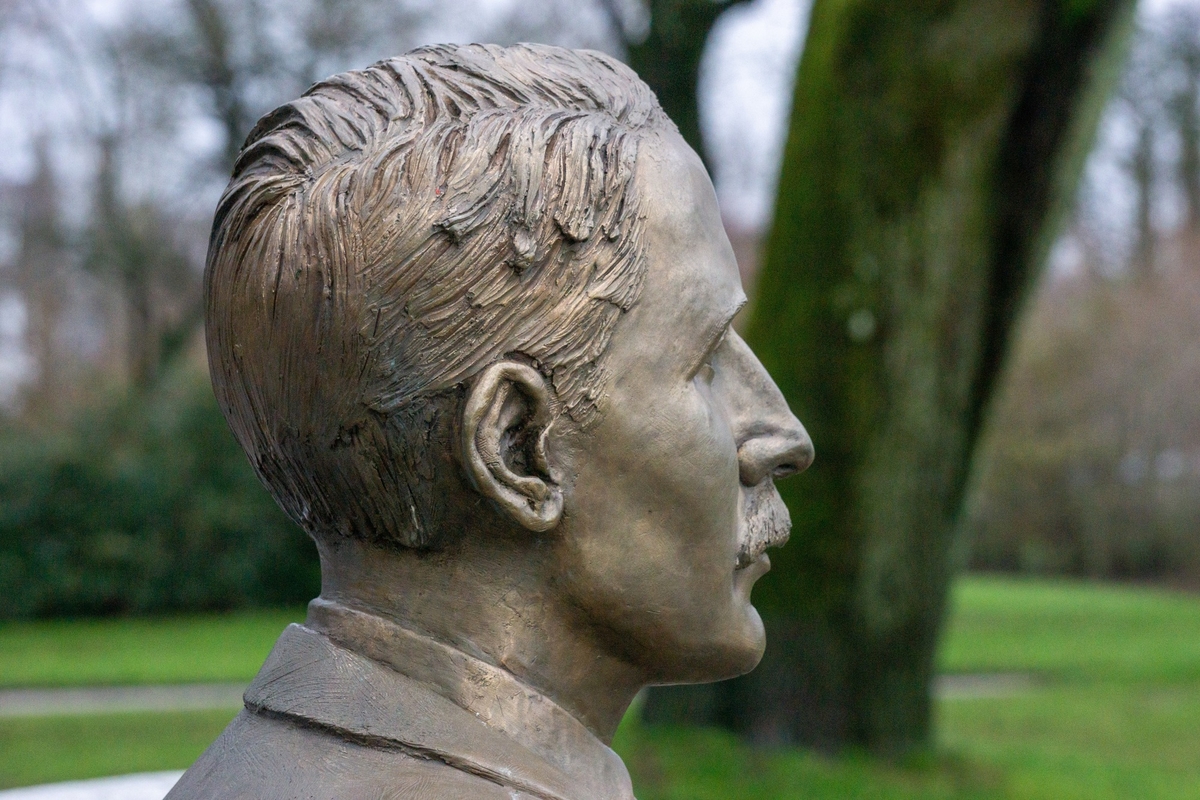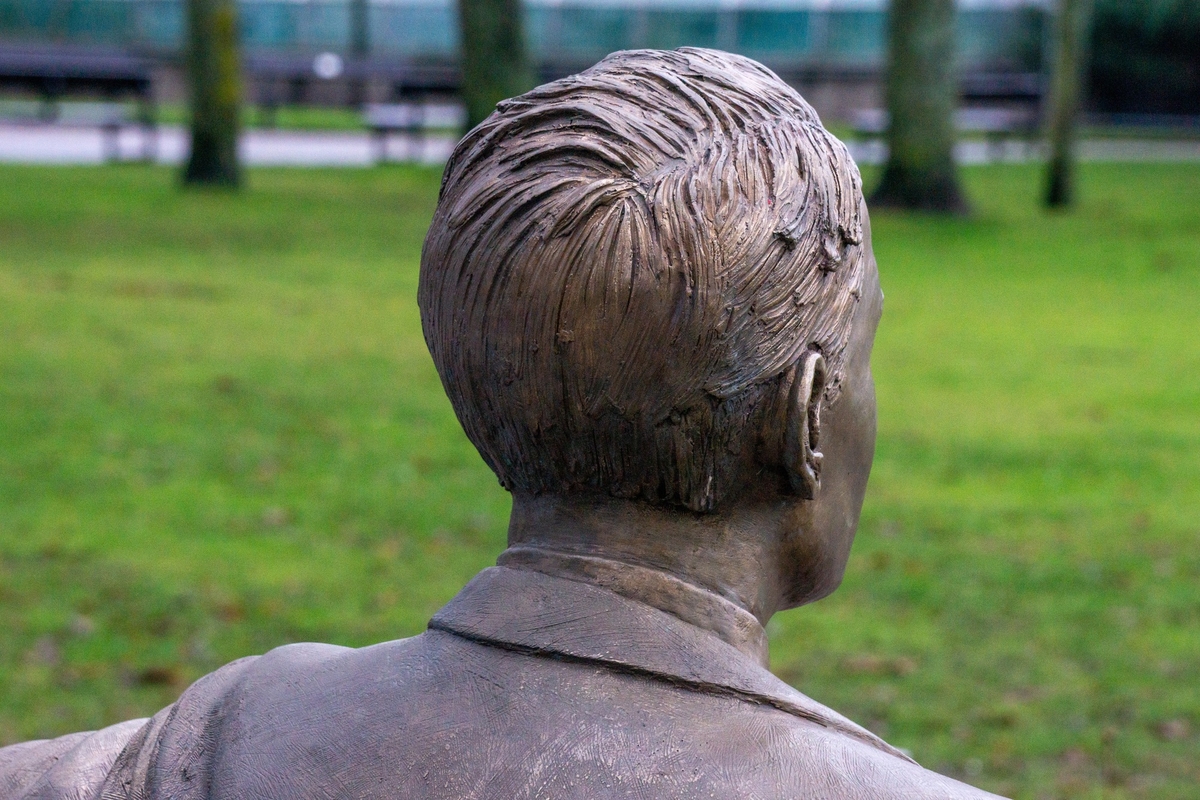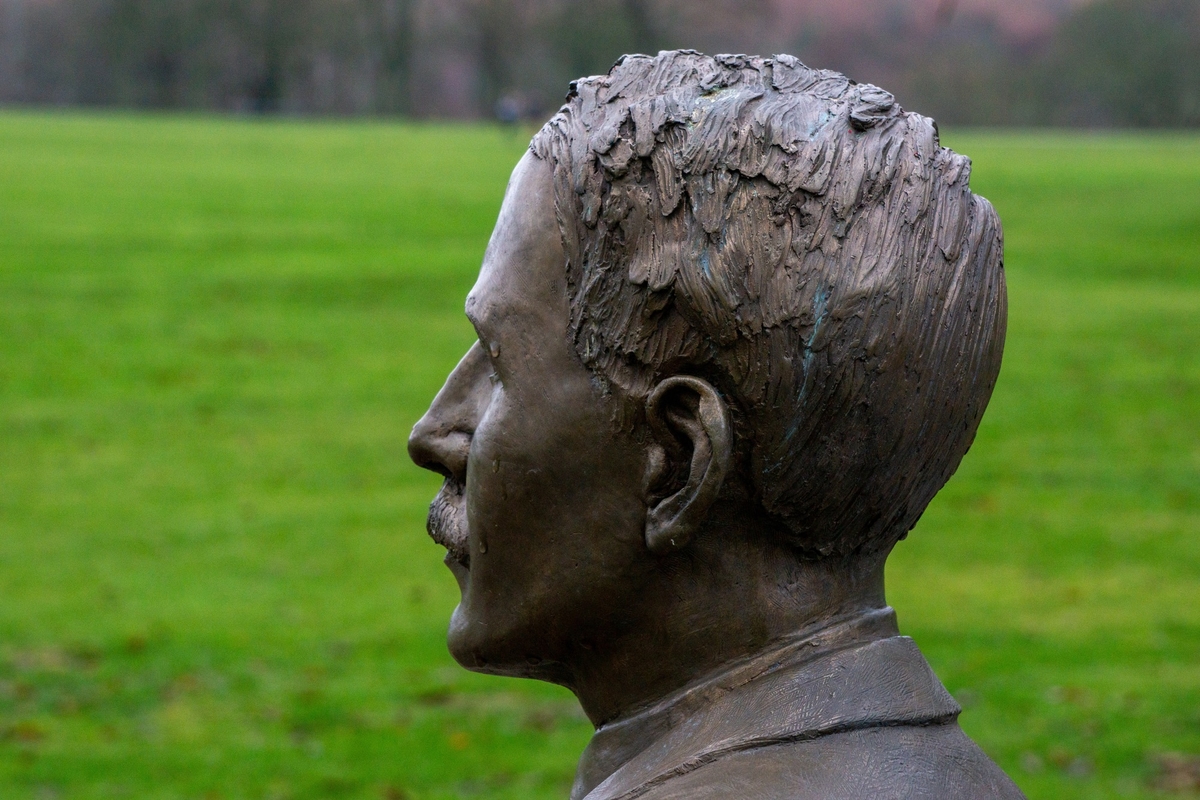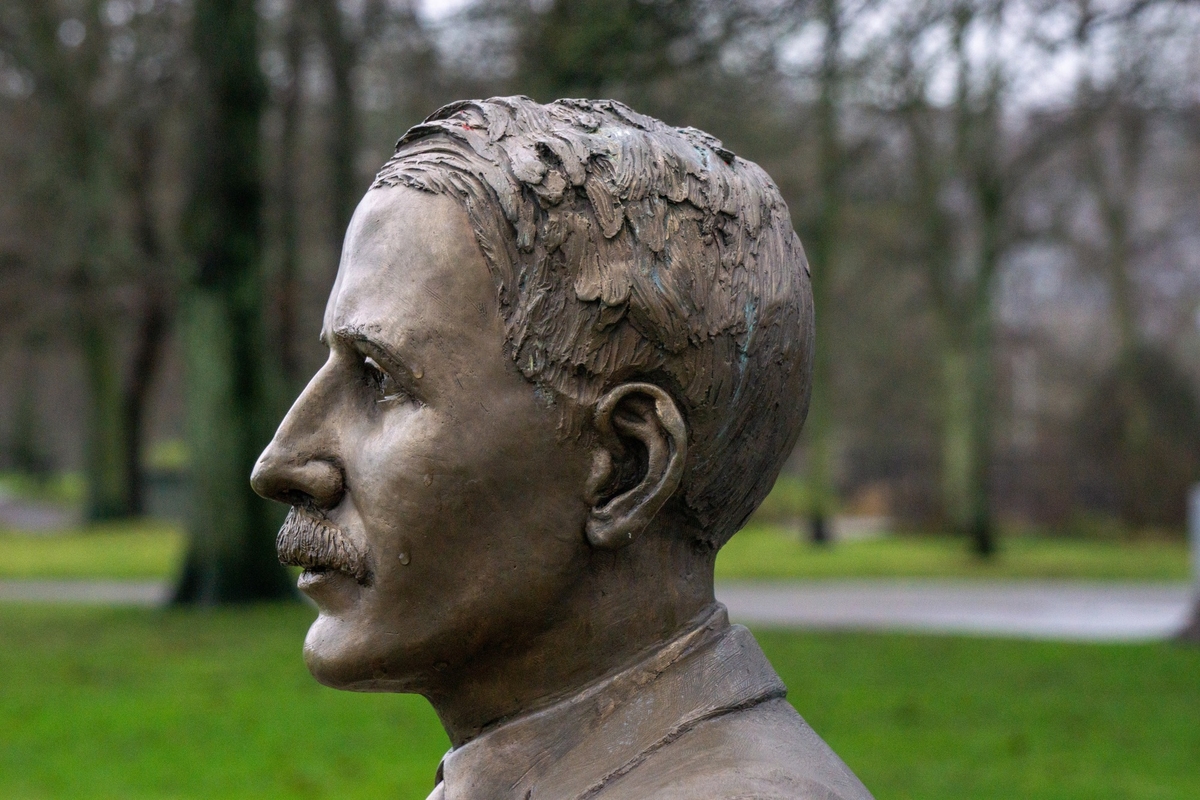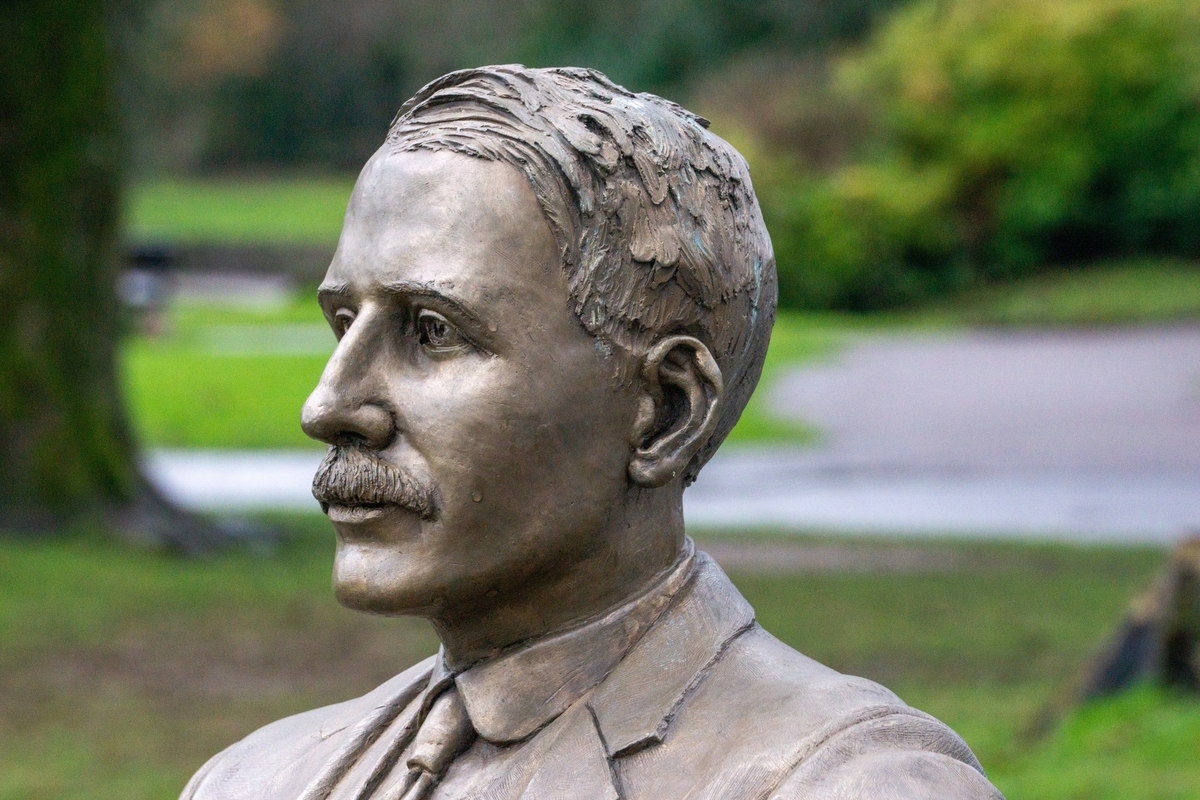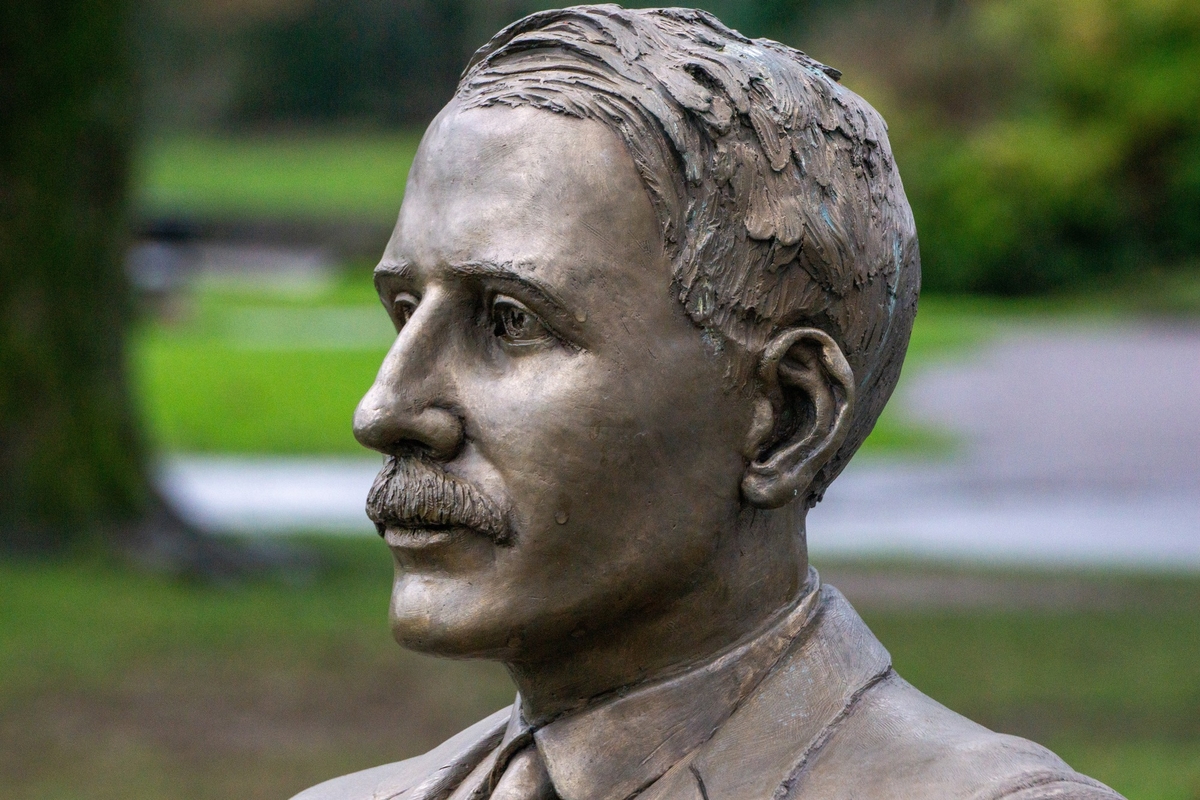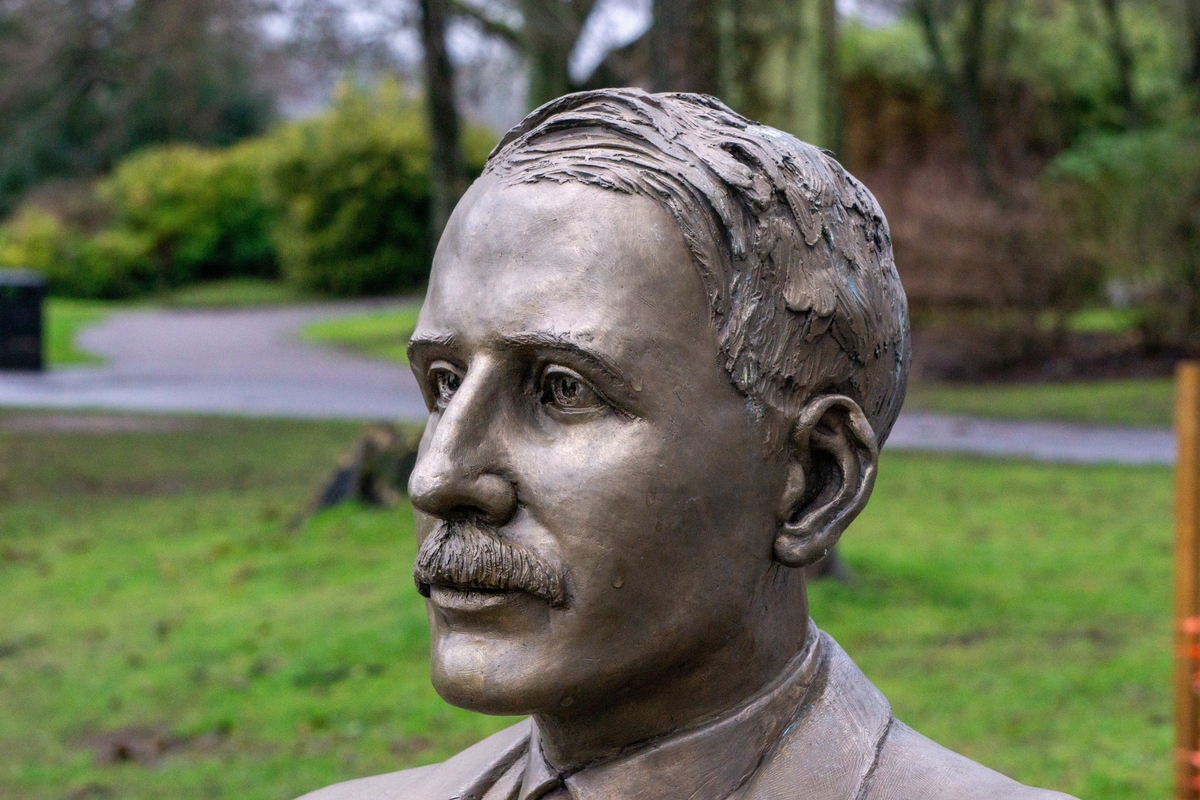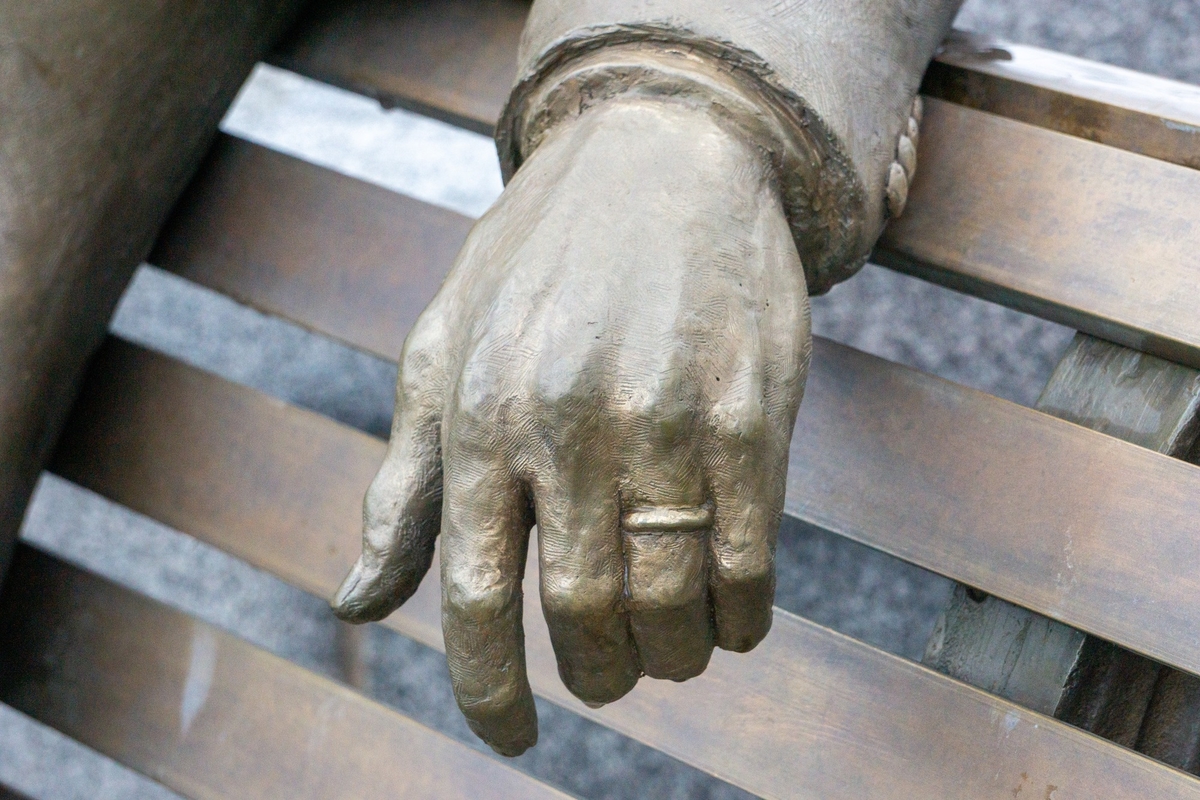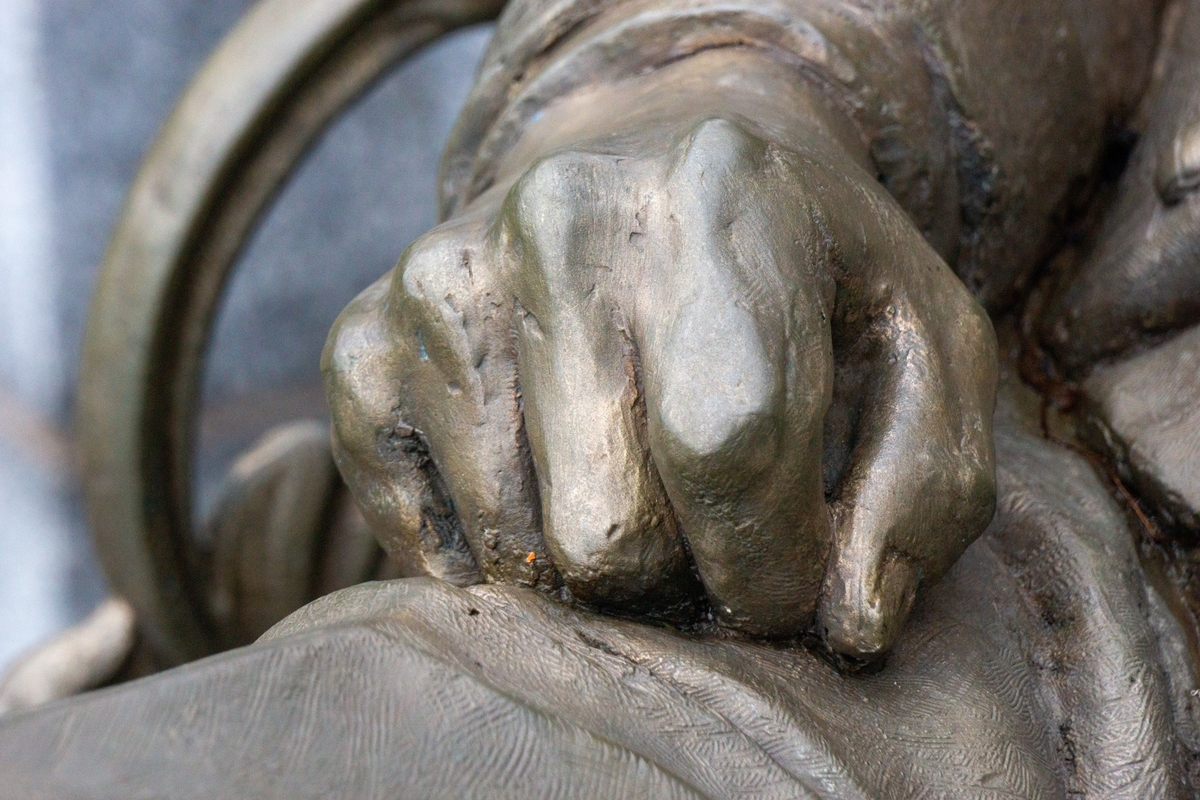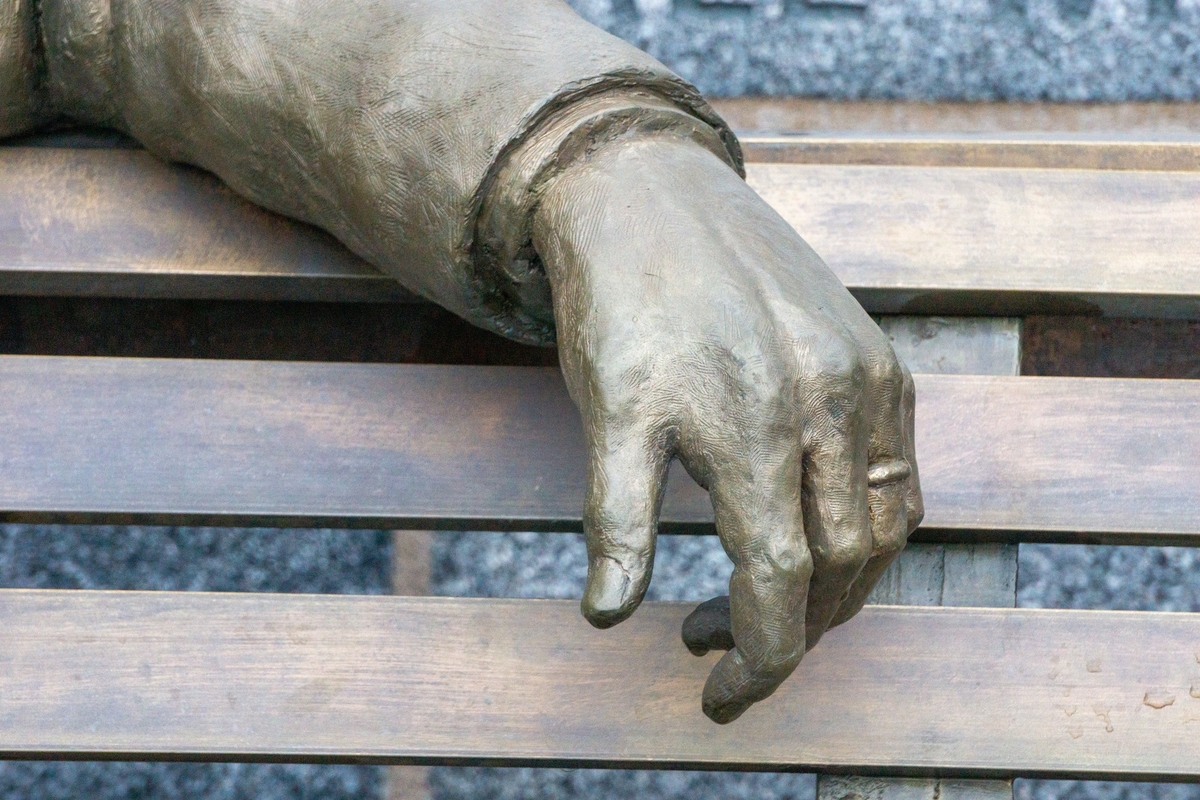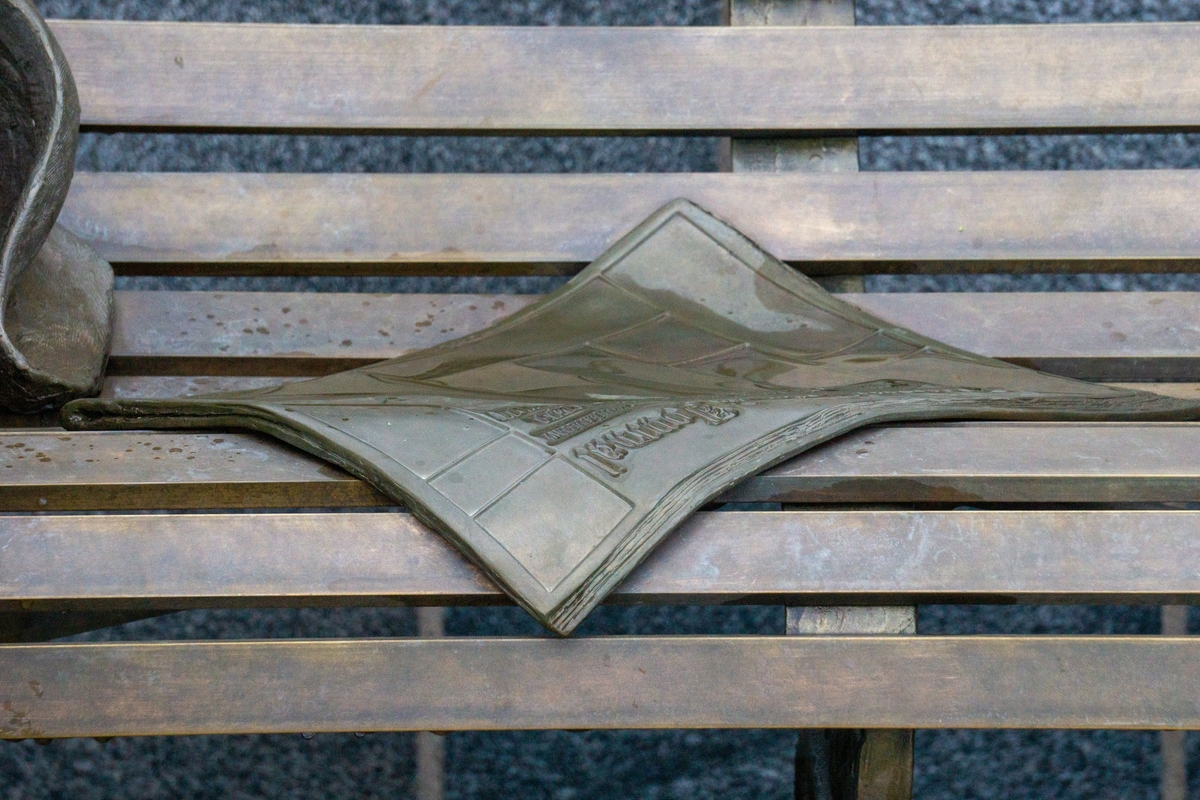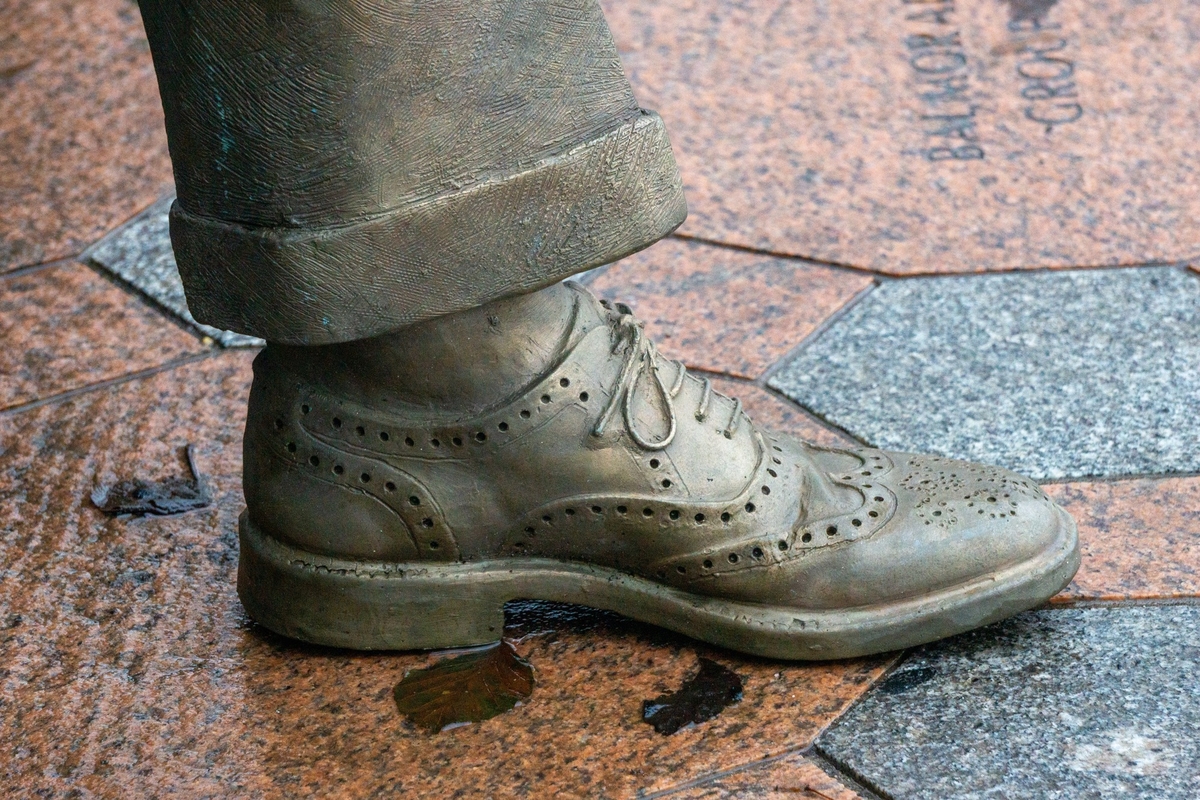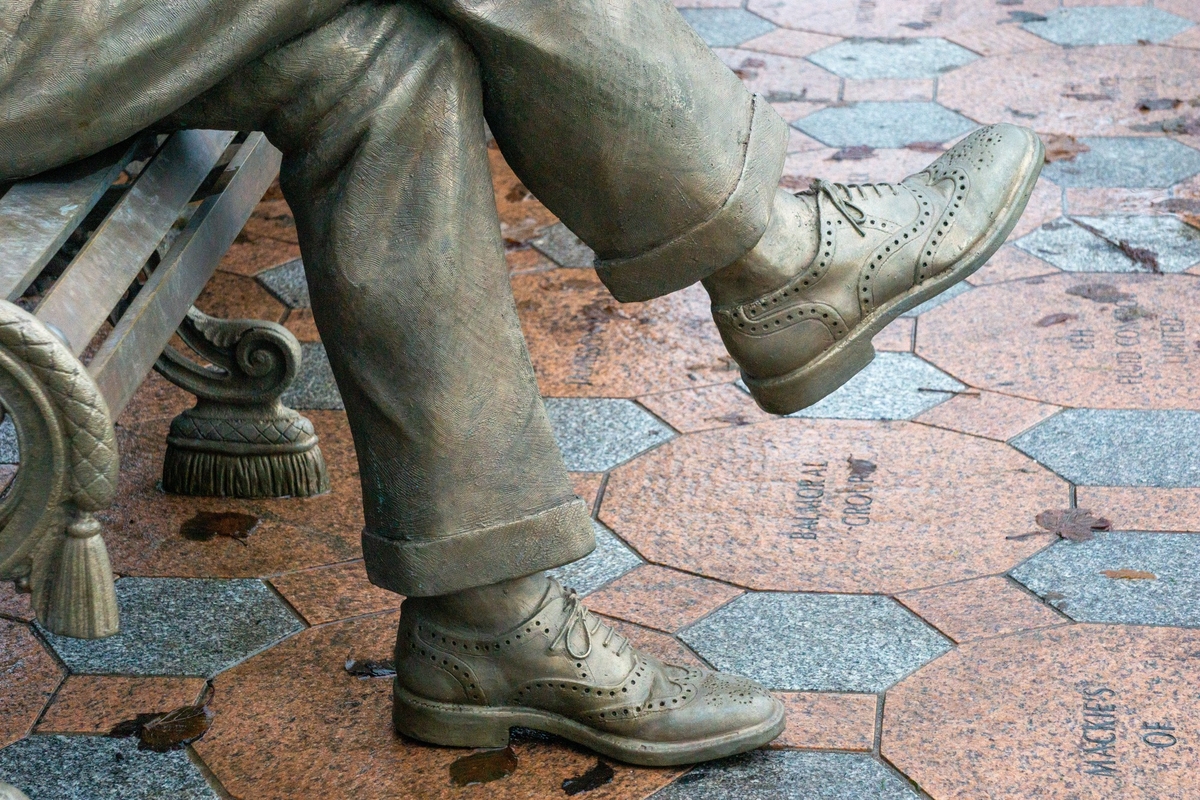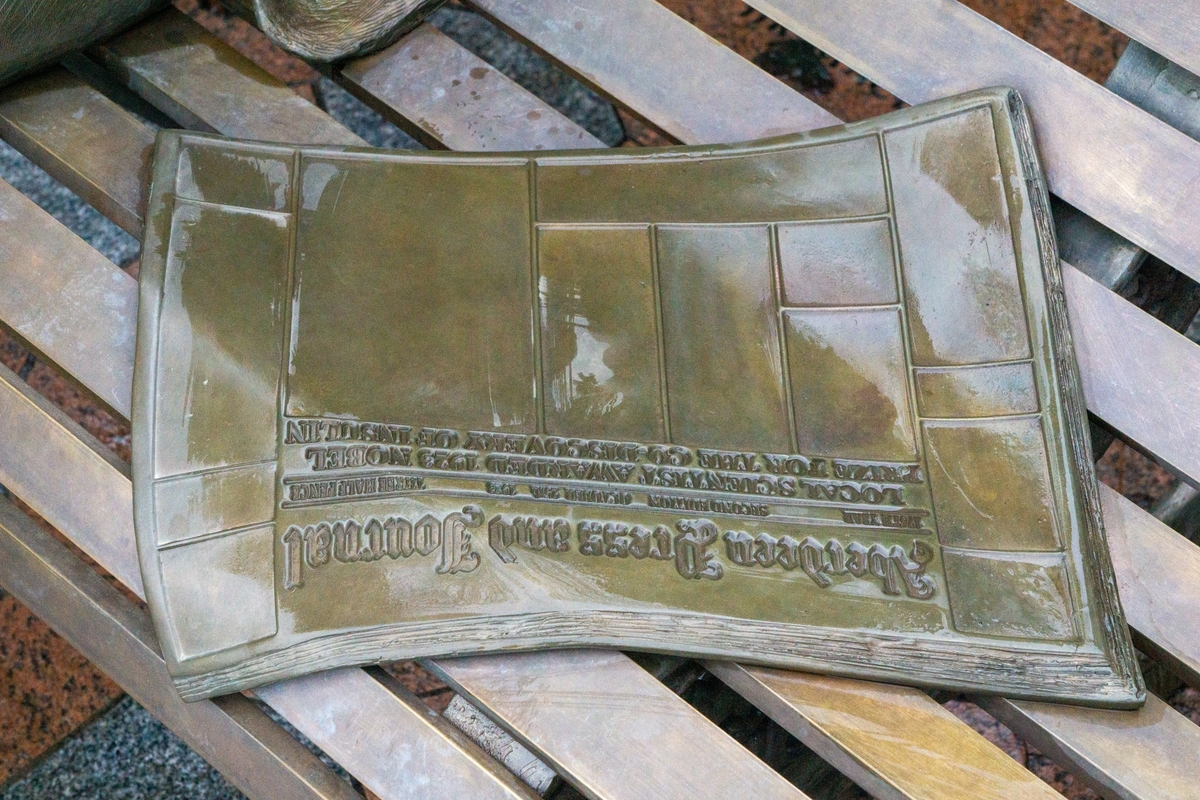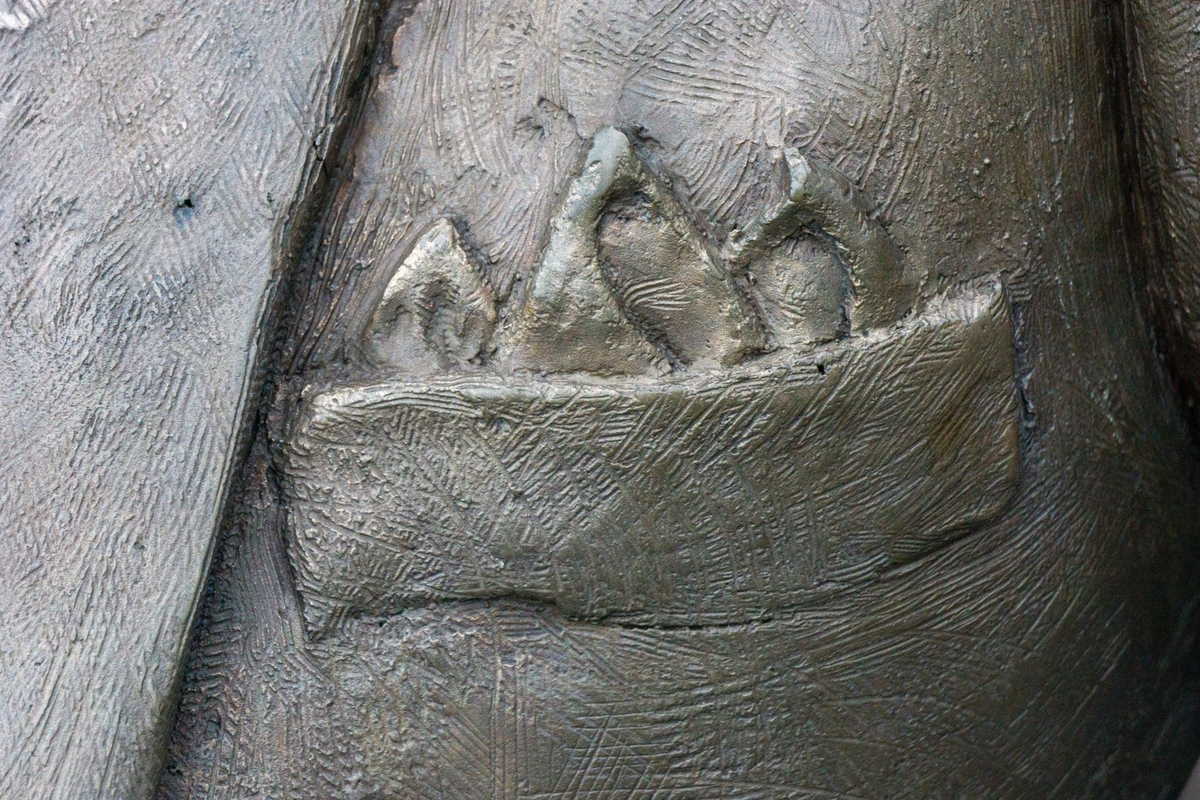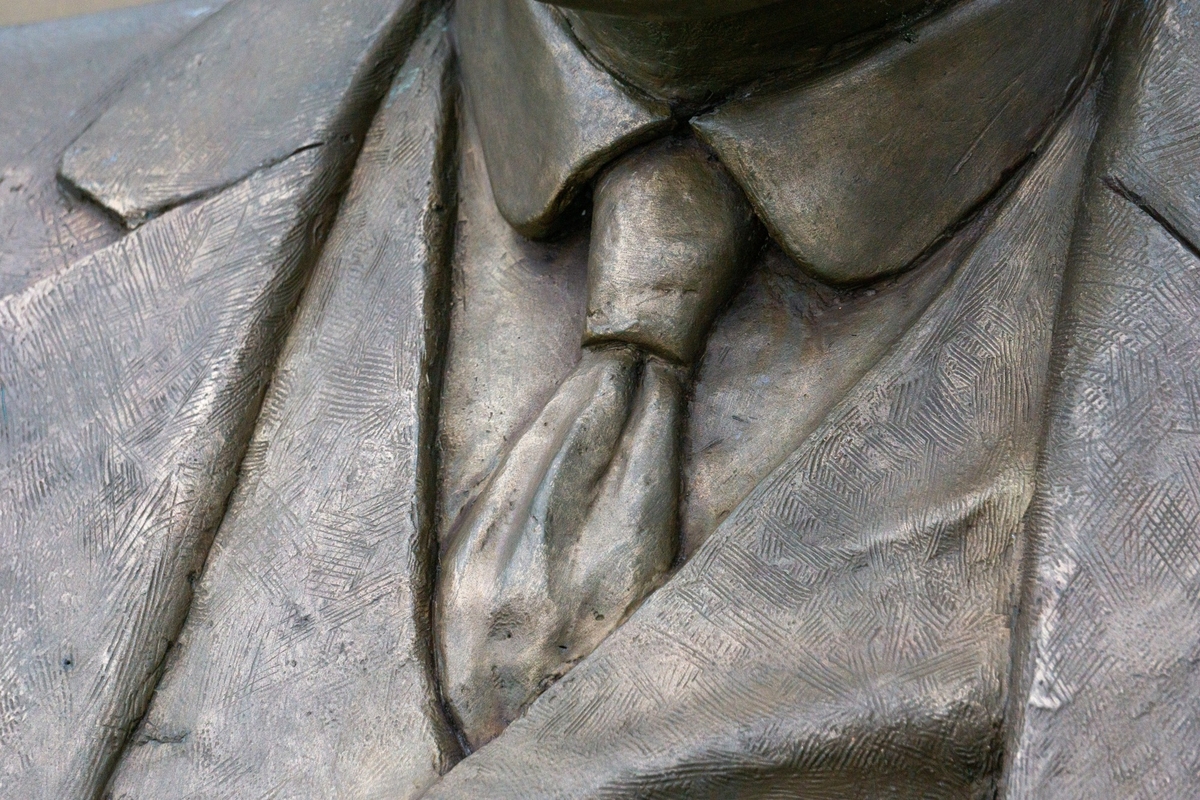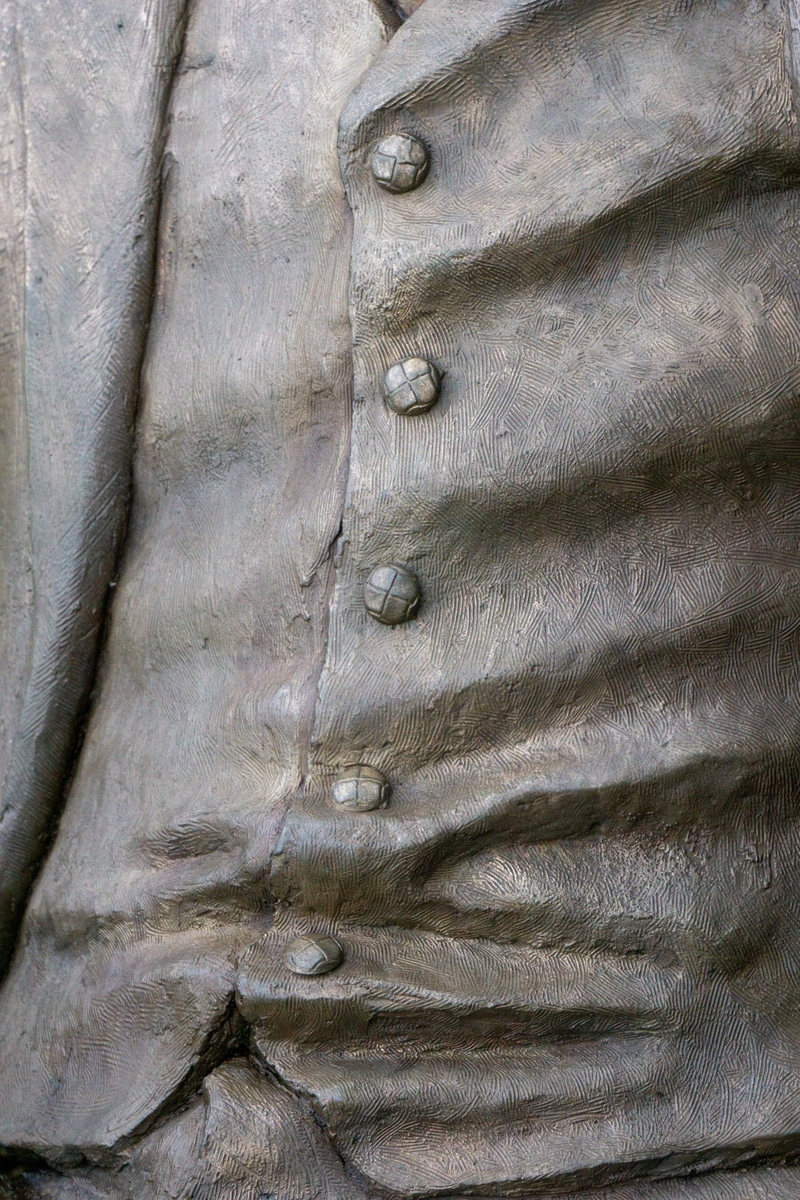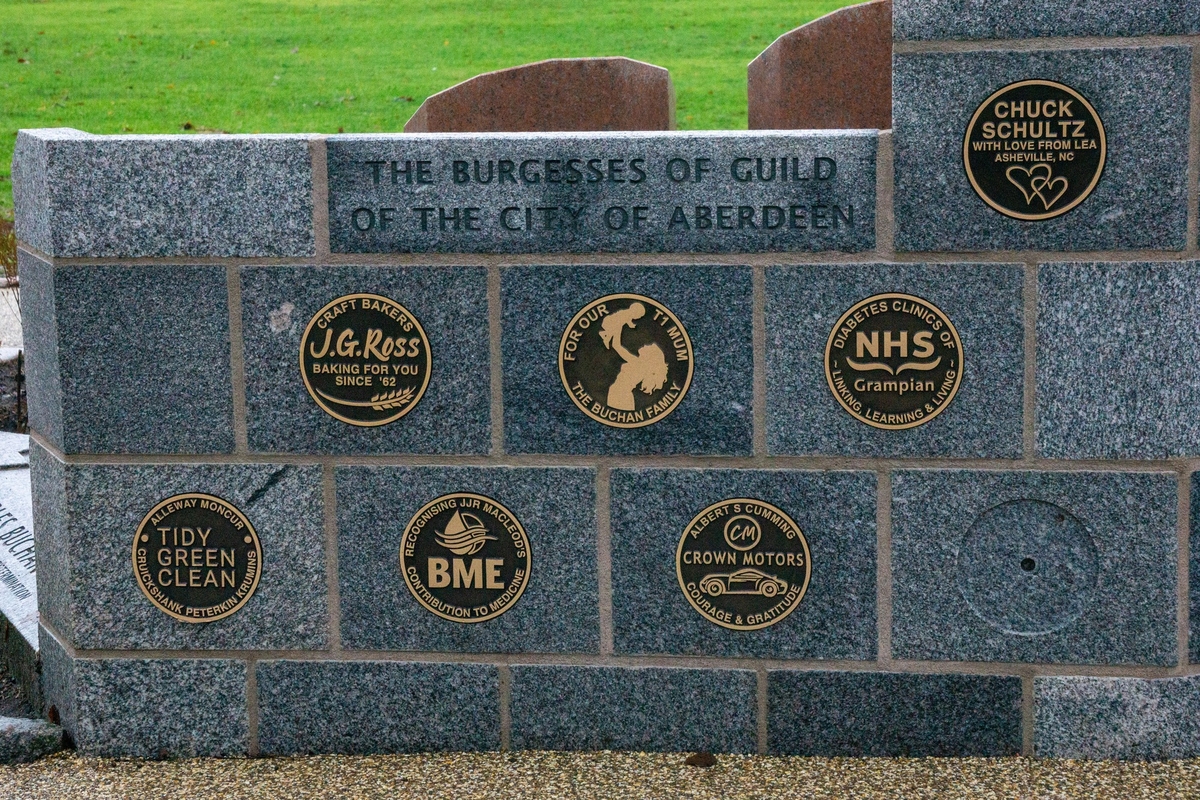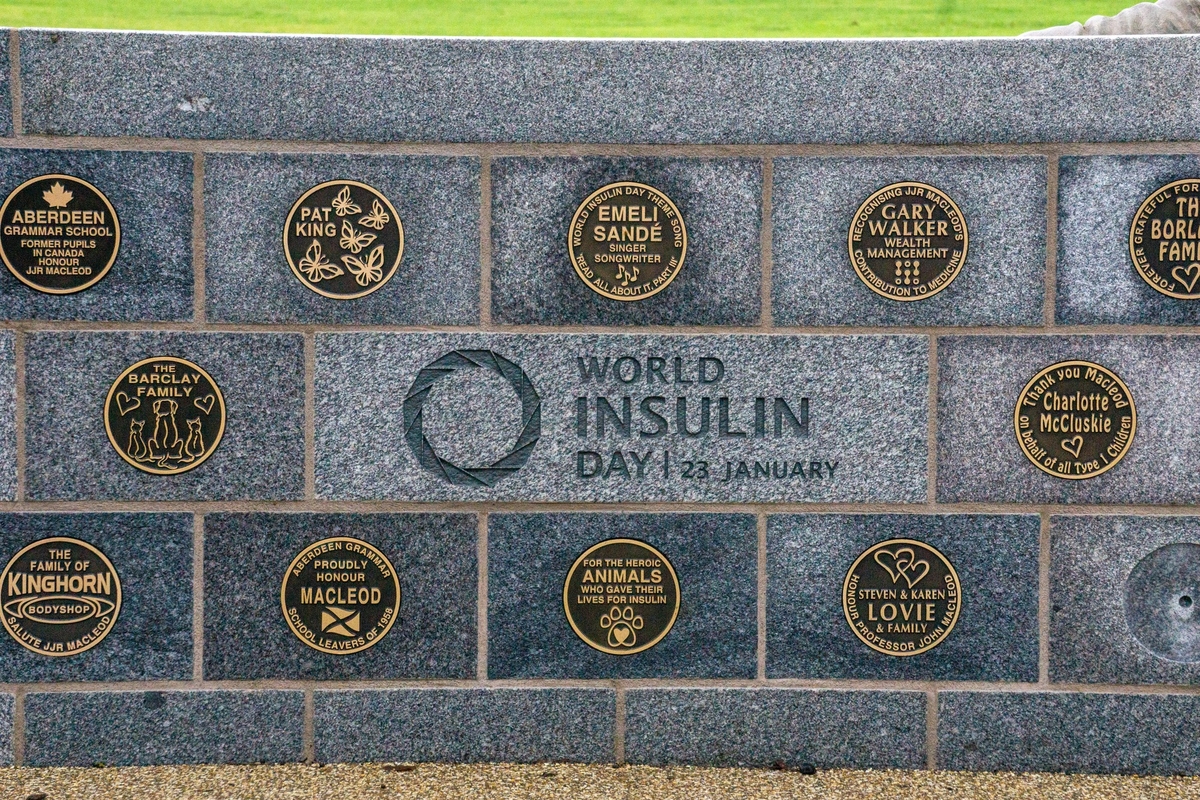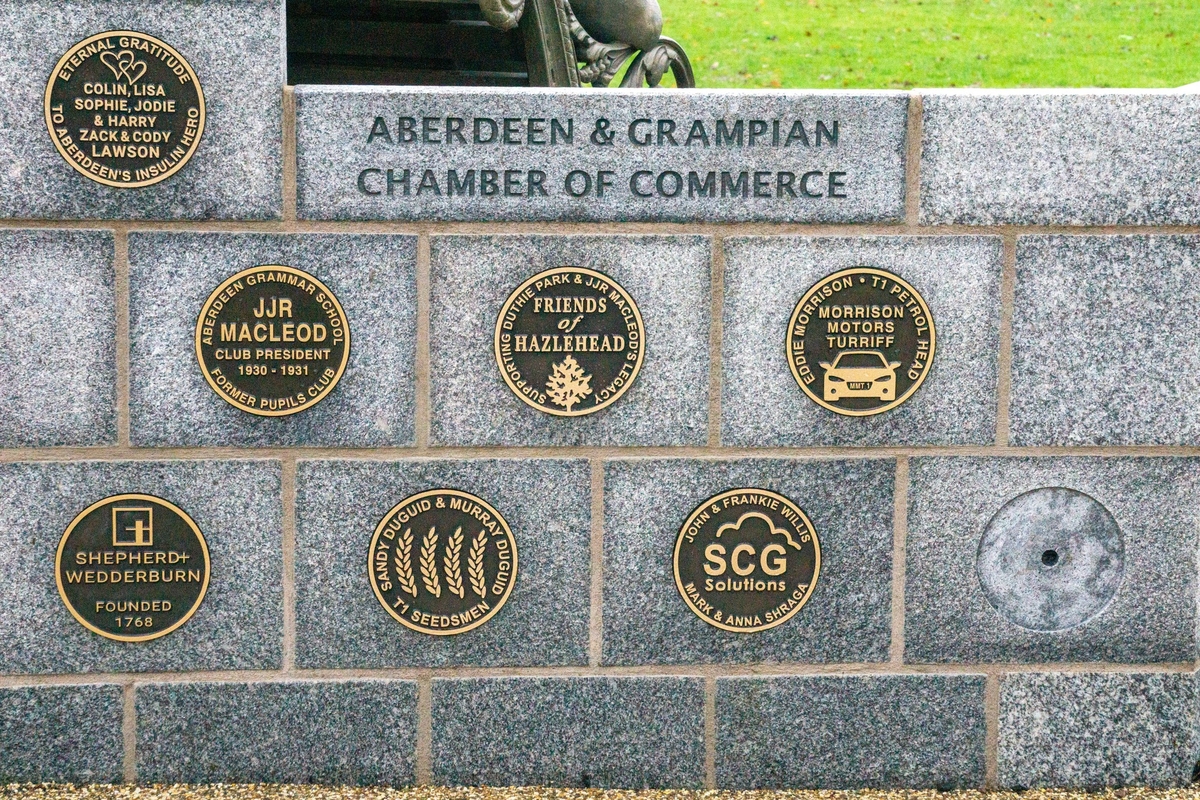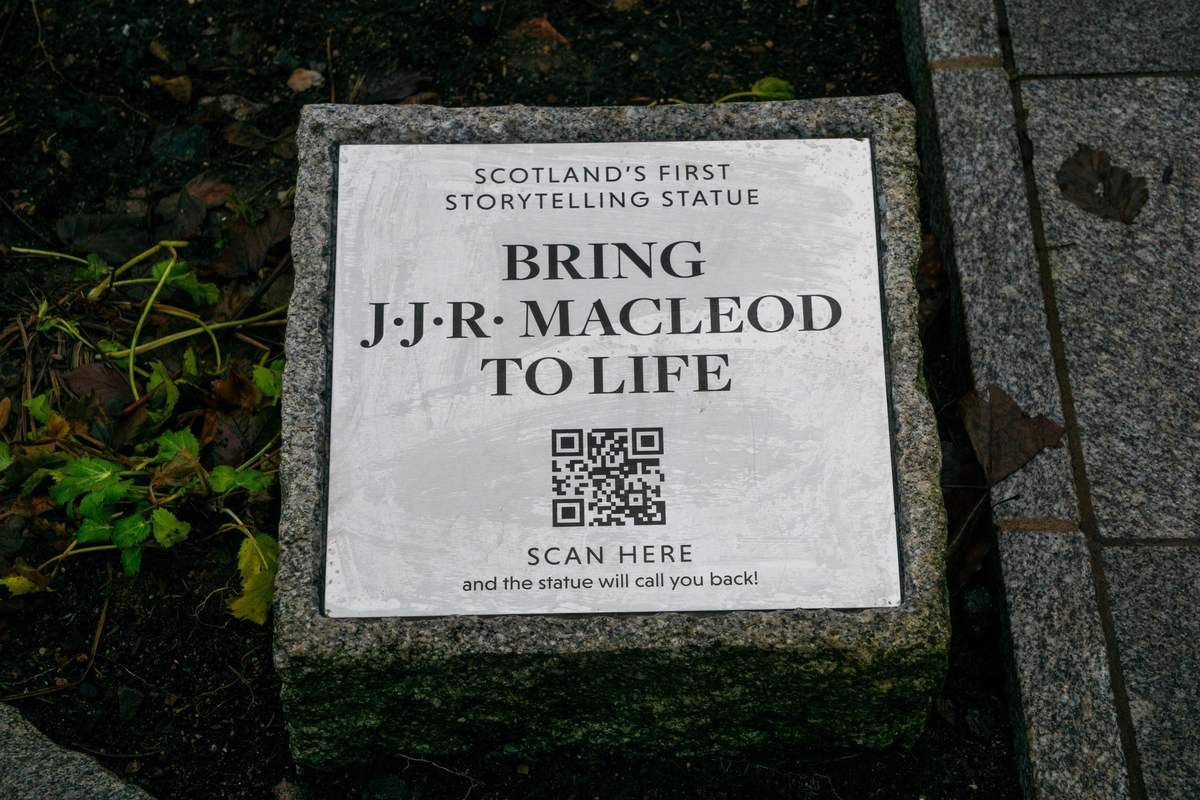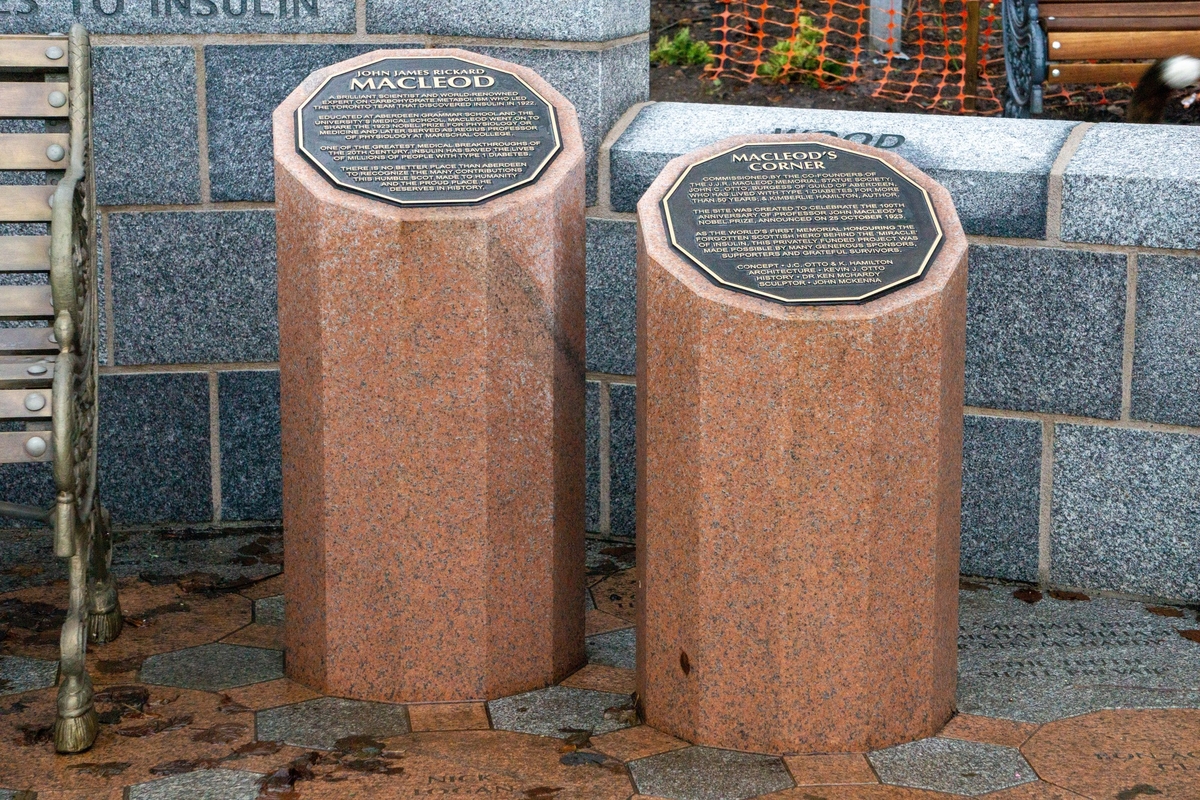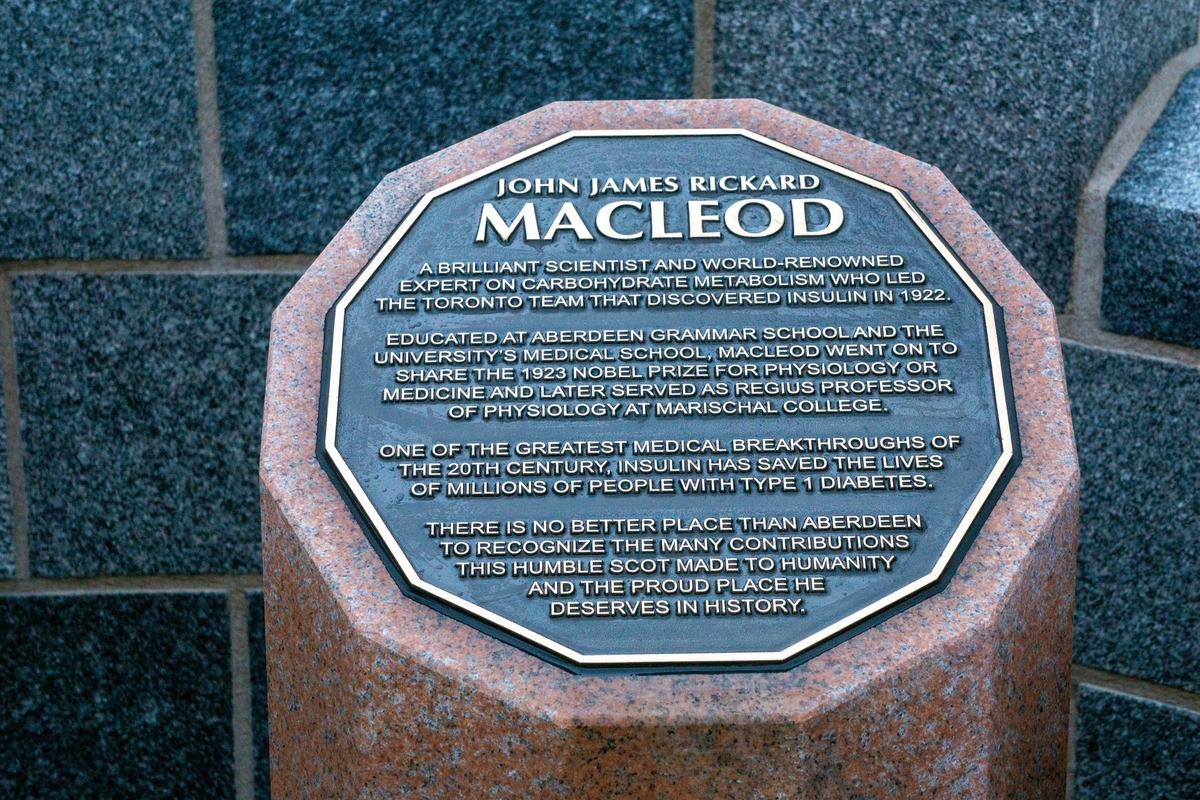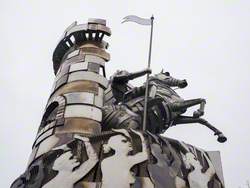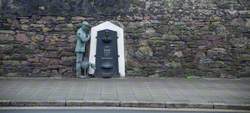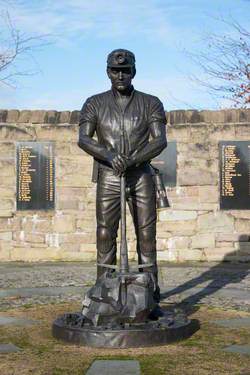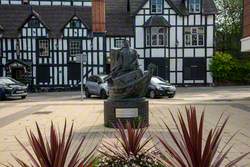How you can use this image
This image can be used for non-commercial research or private study purposes, and other UK exceptions to copyright permitted to users based in the United Kingdom under the Copyright, Designs and Patents Act 1988, as amended and revised. Any other type of use will need to be cleared with the rights holder(s).
Review the copyright credit lines that are located underneath the image, as these indicate who manages the copyright (©) within the artwork, and the photographic rights within the image.
The collection that owns the artwork may have more information on their own website about permitted uses and image licensing options.
Review our guidance pages which explain how you can reuse images, how to credit an image and how to find images in the public domain or with a Creative Commons licence available.
Notes
Add or edit a note on this artwork that only you can see. You can find notes again by going to the ‘Notes’ section of your account.
Title
John J. R. Macleod (1876–1935)
Date
2023
Medium
bronze & granite
Accession number
AB11_EV_S010
Acquisition method
commissioned by the JJR Macleod Memorial Statue Society, privately funded with support from Aberdeen City Council
Work type
Statue
Custodian
Aberdeen City Council
Work status
extant
Unveiling date
14th October 2023
Access
at all times
Inscription description
plaque 1: JOHN JAMES RICKARD / MACLOED / A BRILLIANT SCIENTIST AND WORLD-RENOWNED / EXPERT ON CARBOHYDRATE METABOLISM WHO LED / THE TORONTON TEAM THAT DISCOVERED INSULIN IN 1922. / EDUCATED AT ABERDEEN GRAMMAR SCHOOL AND THE / UNIVERSITY’S MEDICAL SCHOOL, MACLEOD WENT ON TO / SHARE THE 1923 NOBEL PRIZE FOR PSYSIOLOGY OR / MEDICINE AND LATER SERVED AS REGIUS PROFESSOR / OF PHYSIOLOGY AT MARISCHAL COLLEGE. / ONE OF THE GREATEST MEDICAL BREAKTHROUGHS OF THE 20TH CENTURY, INSULIN HAS SAVED THE LIVES / OF MILLIONS OF PEOPLE WITH TYPE 1 DIABETES. / THERE IS NO BETTER PLACE THAN ABERDEEN / TO RECOGNIZE THE MANY CONTRIBUTIONS / THIS HUMBLE SCOT MADE TO HUMANITY / AND THE PROUD PLACE HE / DESERVES IN HISTORY.; plaque 2: MACLEOD’S / CORNER / COMMISSIONED BY THE CO-FOUNDERS OF / THE J.J.R.MACLEOD MEMORIAL STATUE SOCIETY; / JOHN C.OTTO, BURGESS OF GUILD OF ABERDEEN, / WHO HAS LIVED WITH TYPE 1 DIABETES FOR MORE / THAN 50 YEARS; & KIMBERLIE HAMILTON, AUTHOR. / THE SITE WAS CREATED TO CELEBRATE THE 100TH / ANNIVERSARY OF PROFESSIE JOHN MACLEOD’S / NOBEL PRIZE, ANNOUNCED ON 25 OCTOBER 1923. / AS THE WORLD’S FIRST MEMORIAL HONOURING THE / FORGOTTEN SCOTTISH HERO BEHIND THE ‘MIRACLE’ / OF INSULIN, THID PRIVATELY FUNDED PROJECT WAS / MADE POSSIBLE BY MANY GENEROUS SPONSORS, / SUPPORTERS AND GRATEFUL SURVIVORS. / CONCEPT. J.C.OTO & K. HAMILTON / ARCHITECTURE. KEVIN J. OTTO / HISTORY. DR KEN MCHARDY / SCULPTOR. JOHN MCKENNA; plaque 3: SCOTLAND’S FIRST / STORYTELLING STATUE / BRING / J.J.R. MACLEOD / TO LIFE / (*QR Code) / SCAN HERE / and the statue will call you back.
